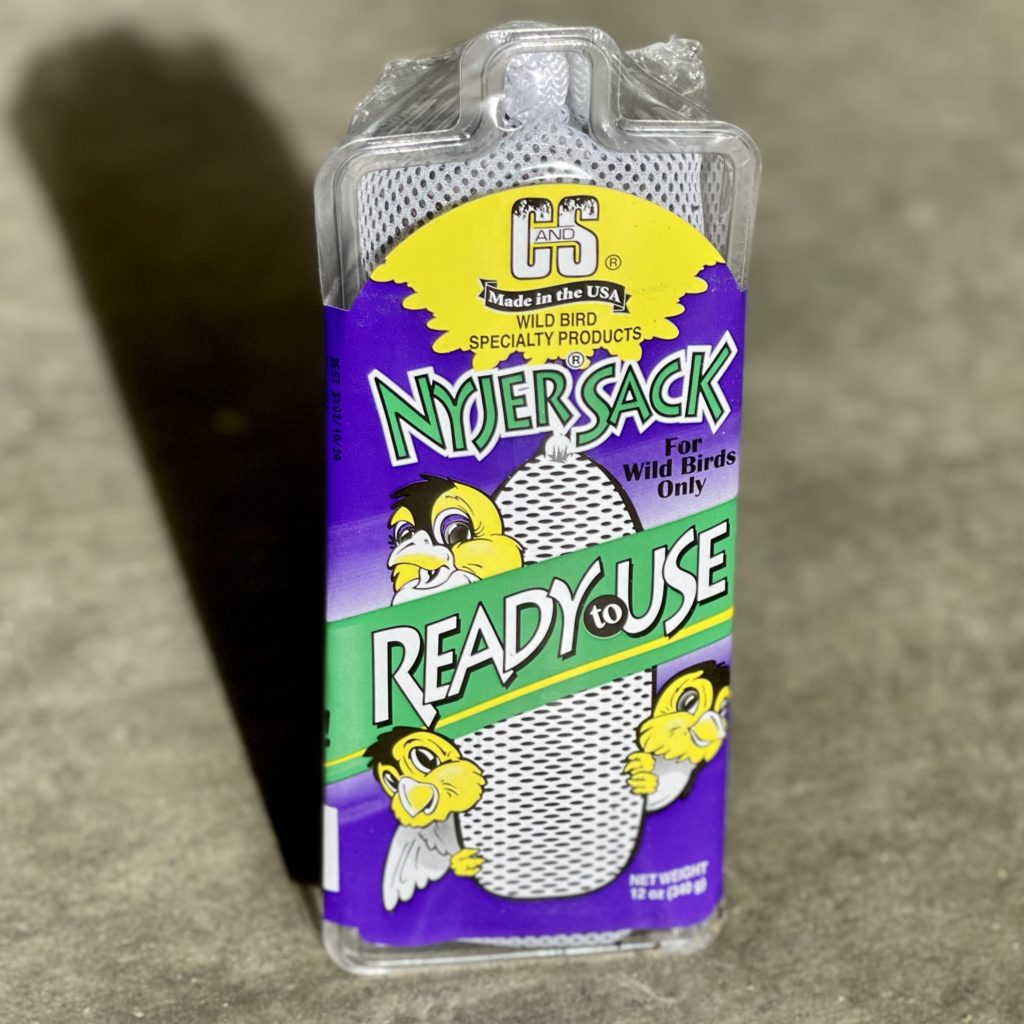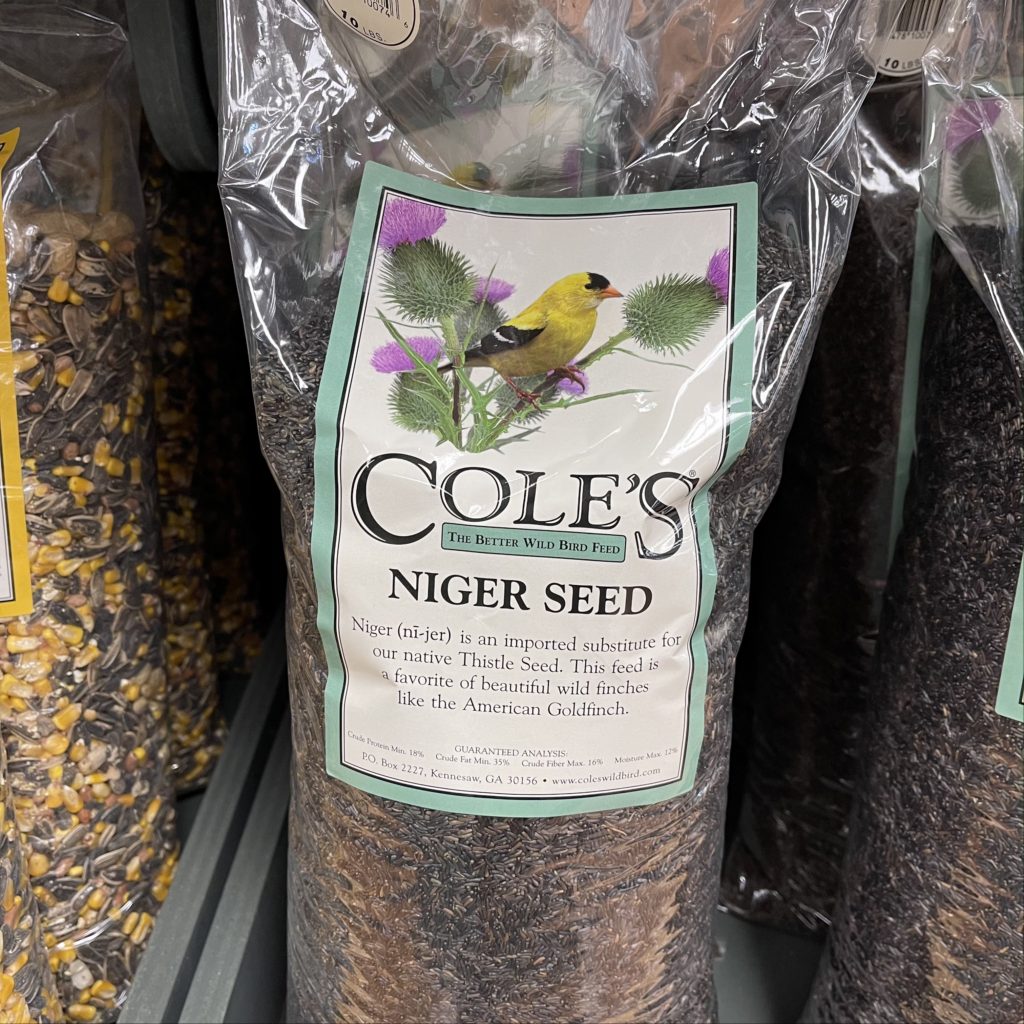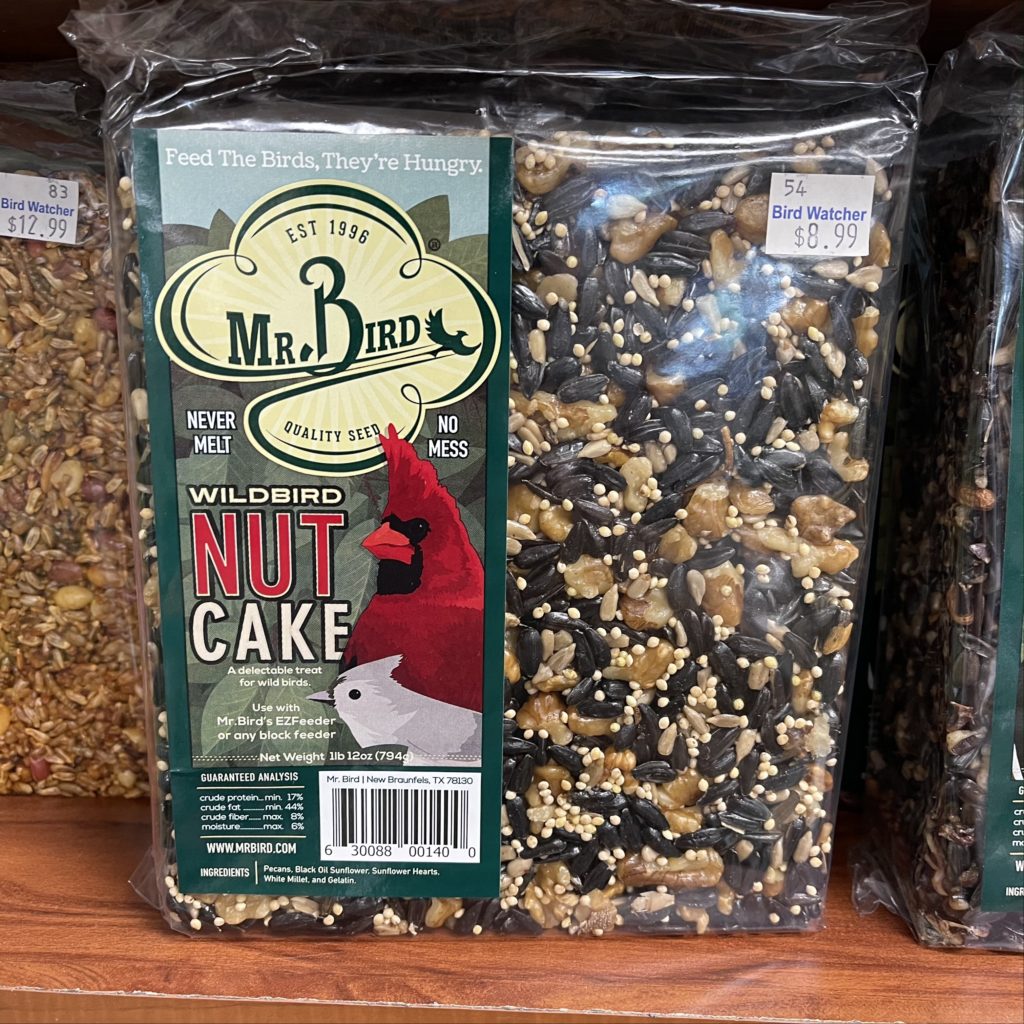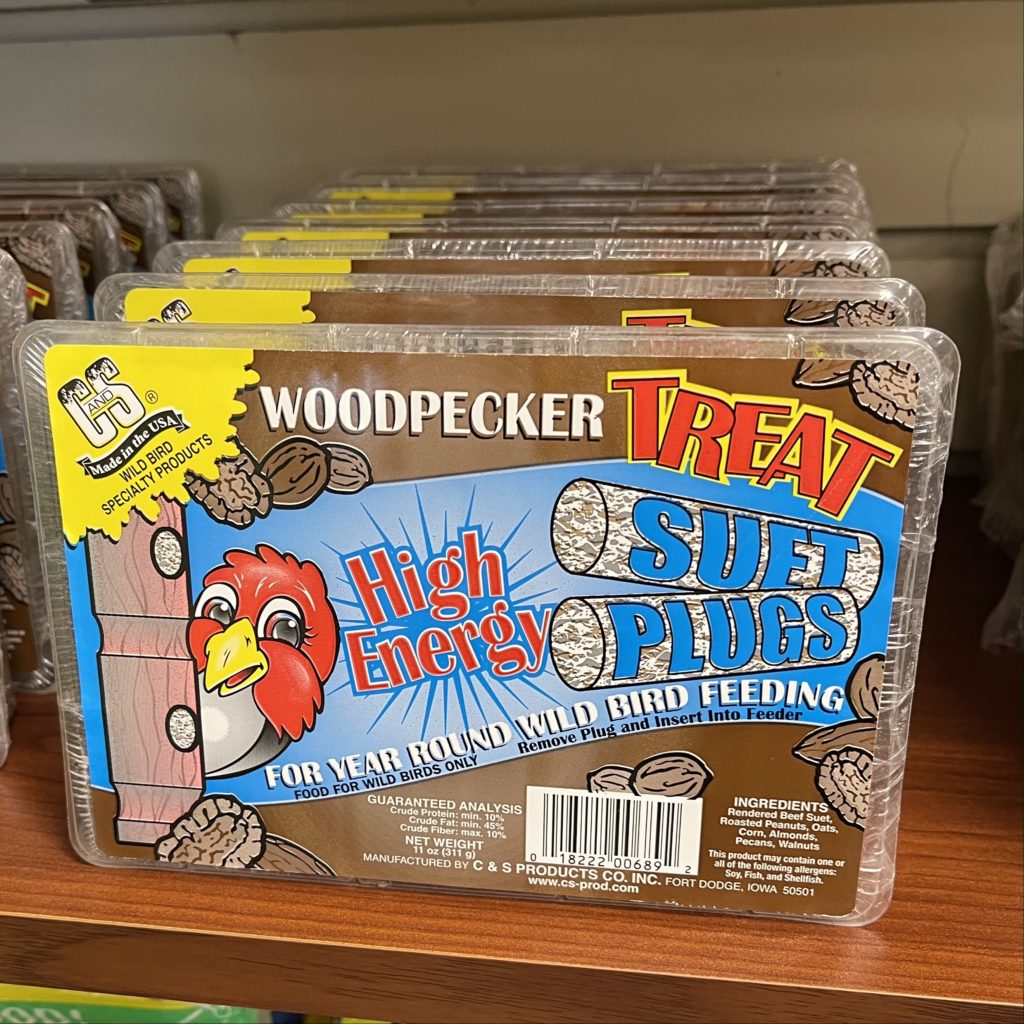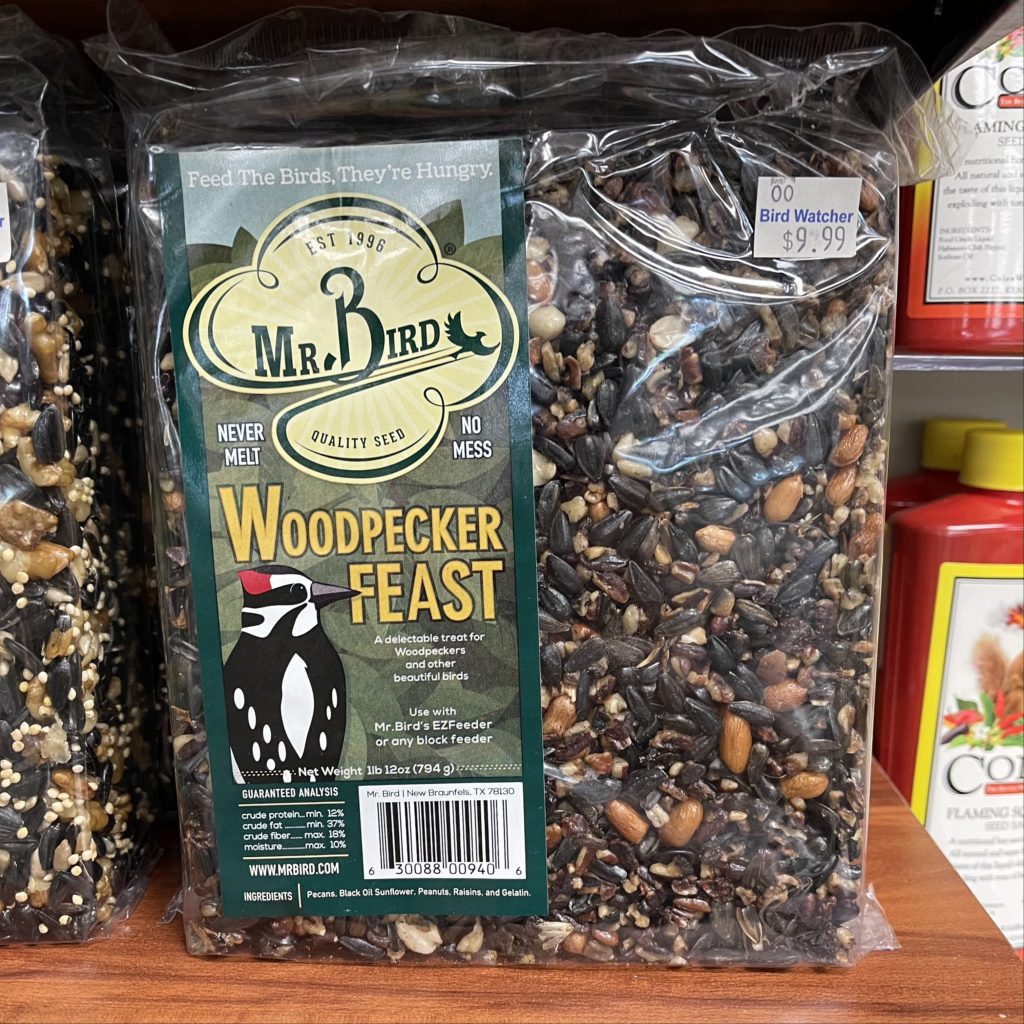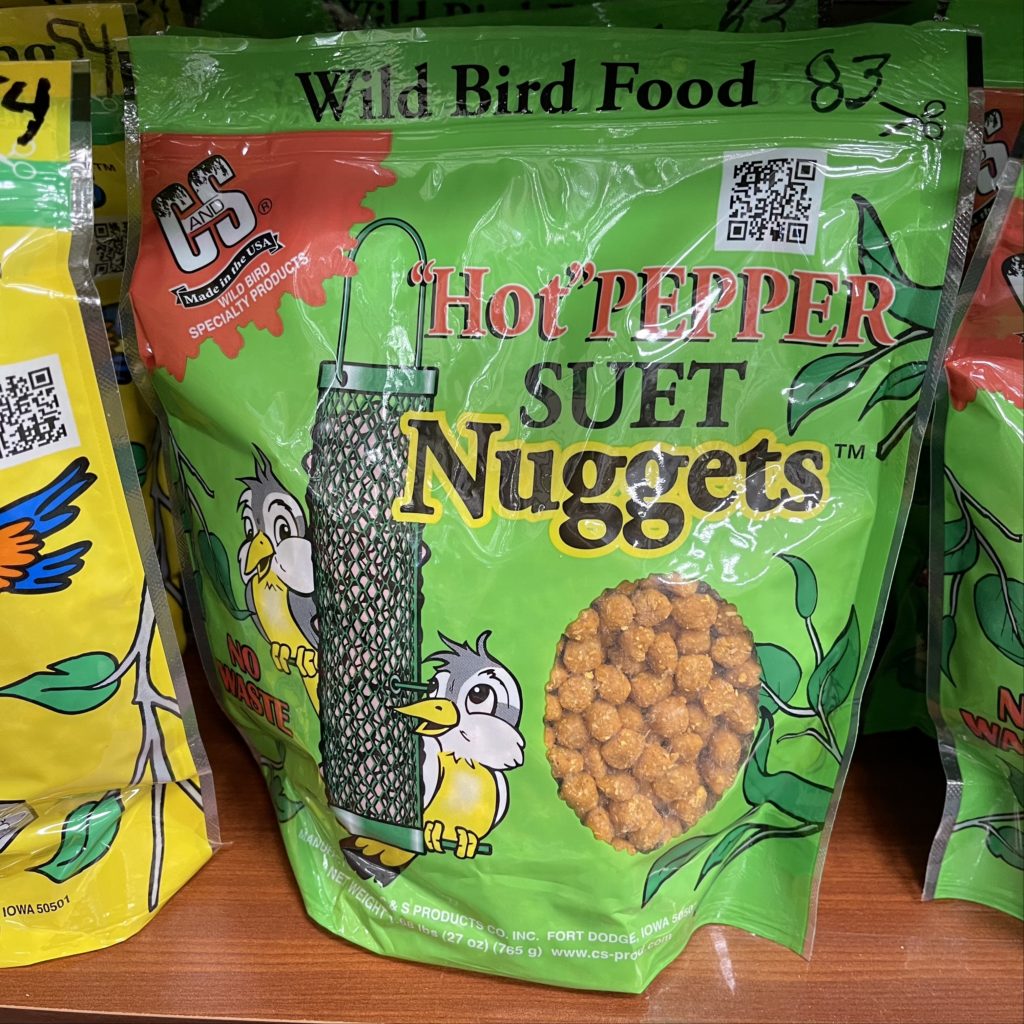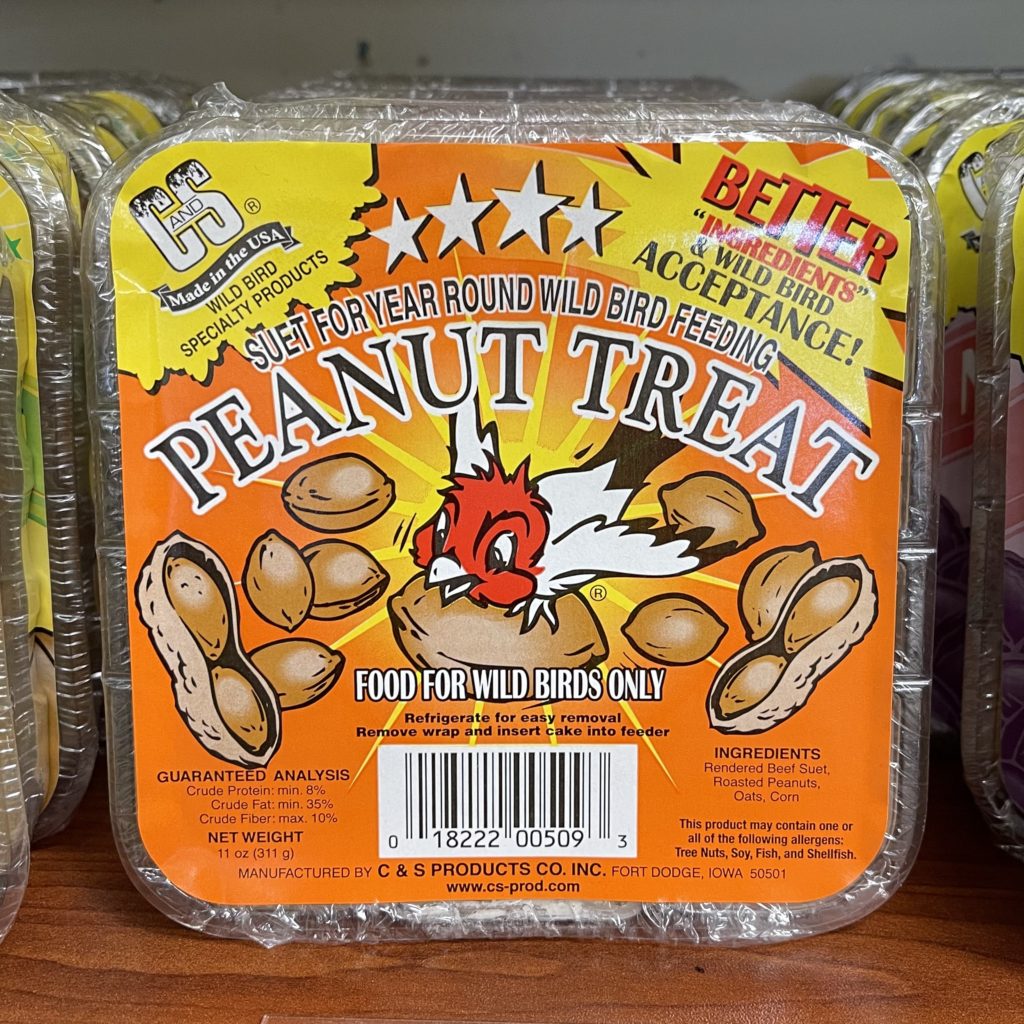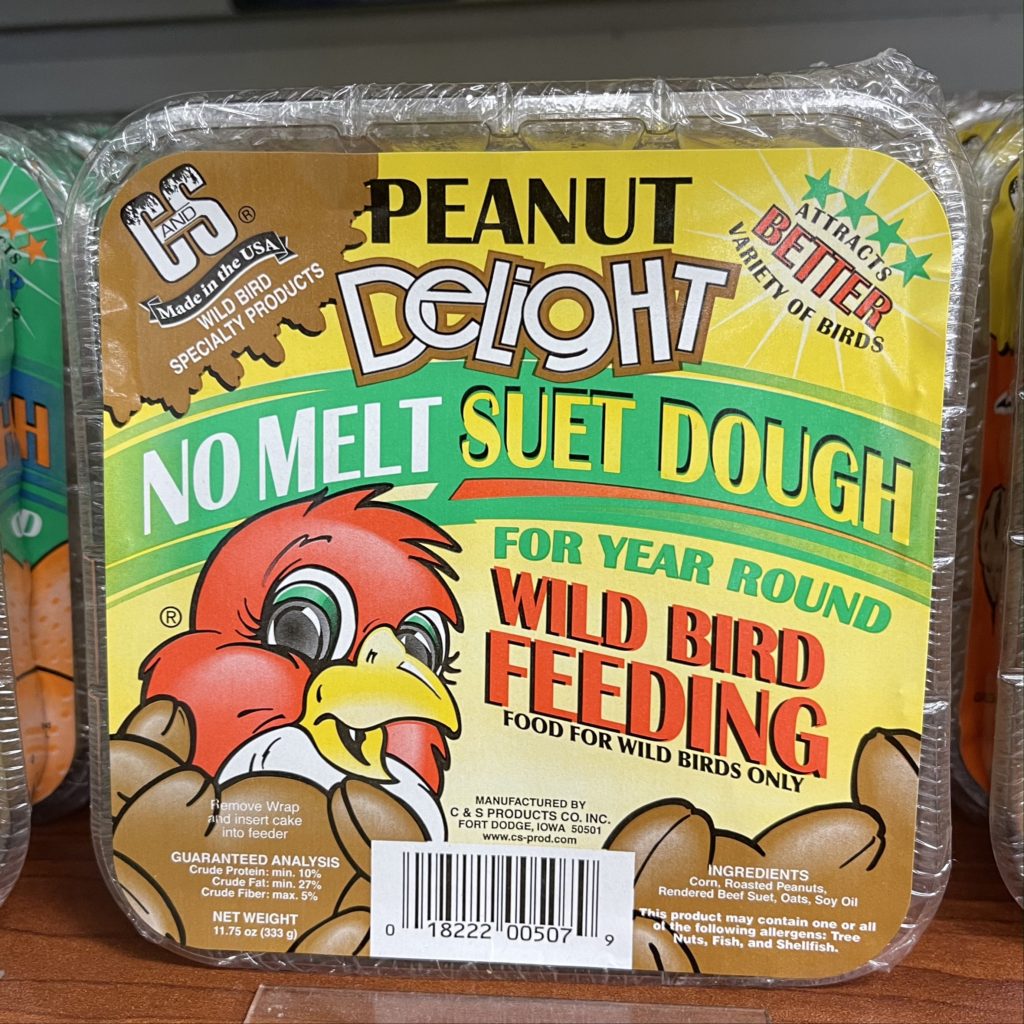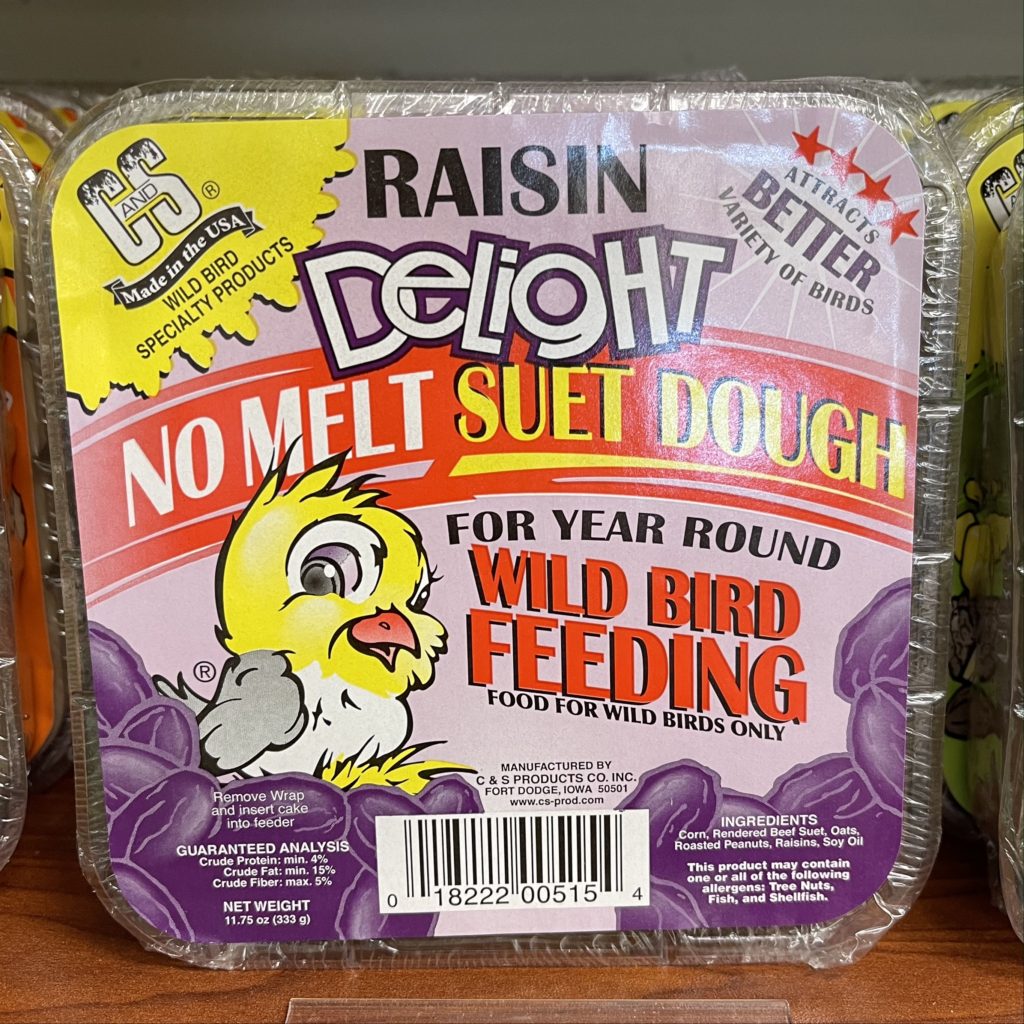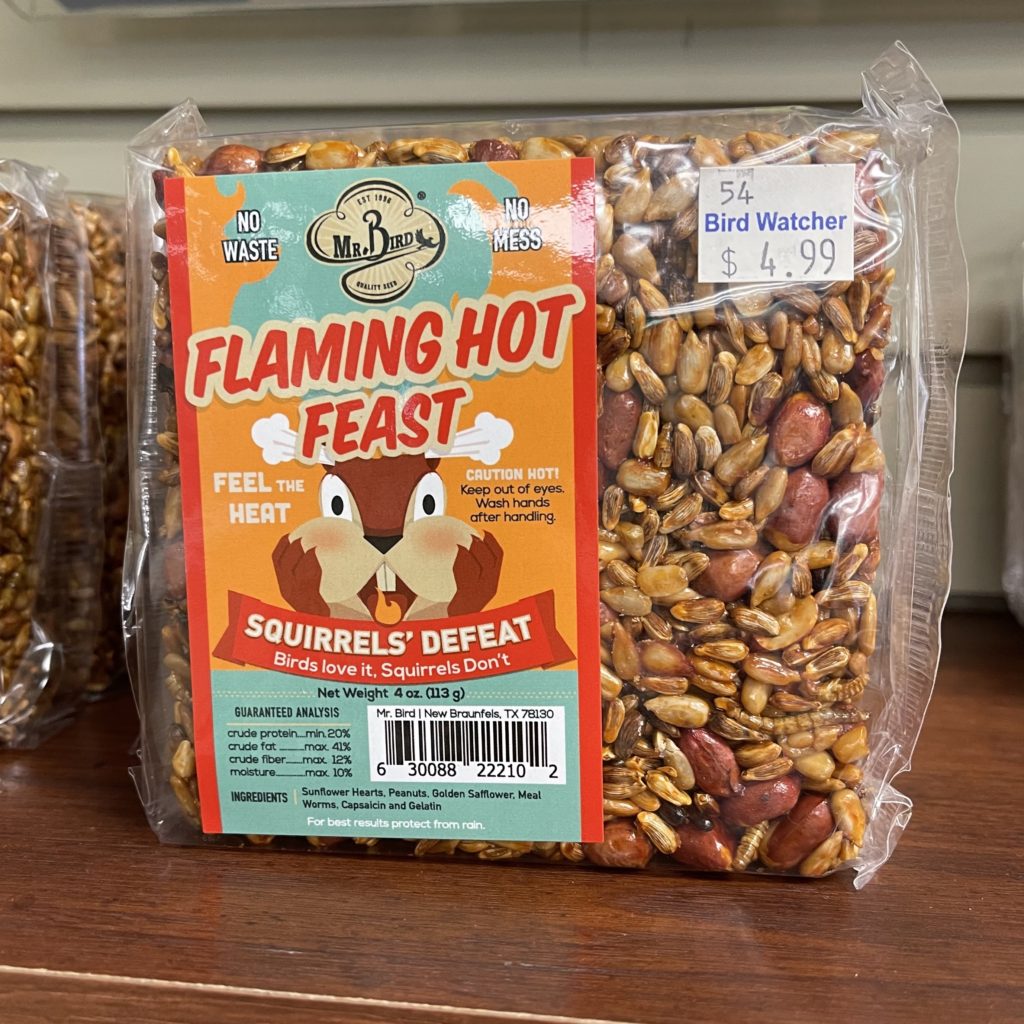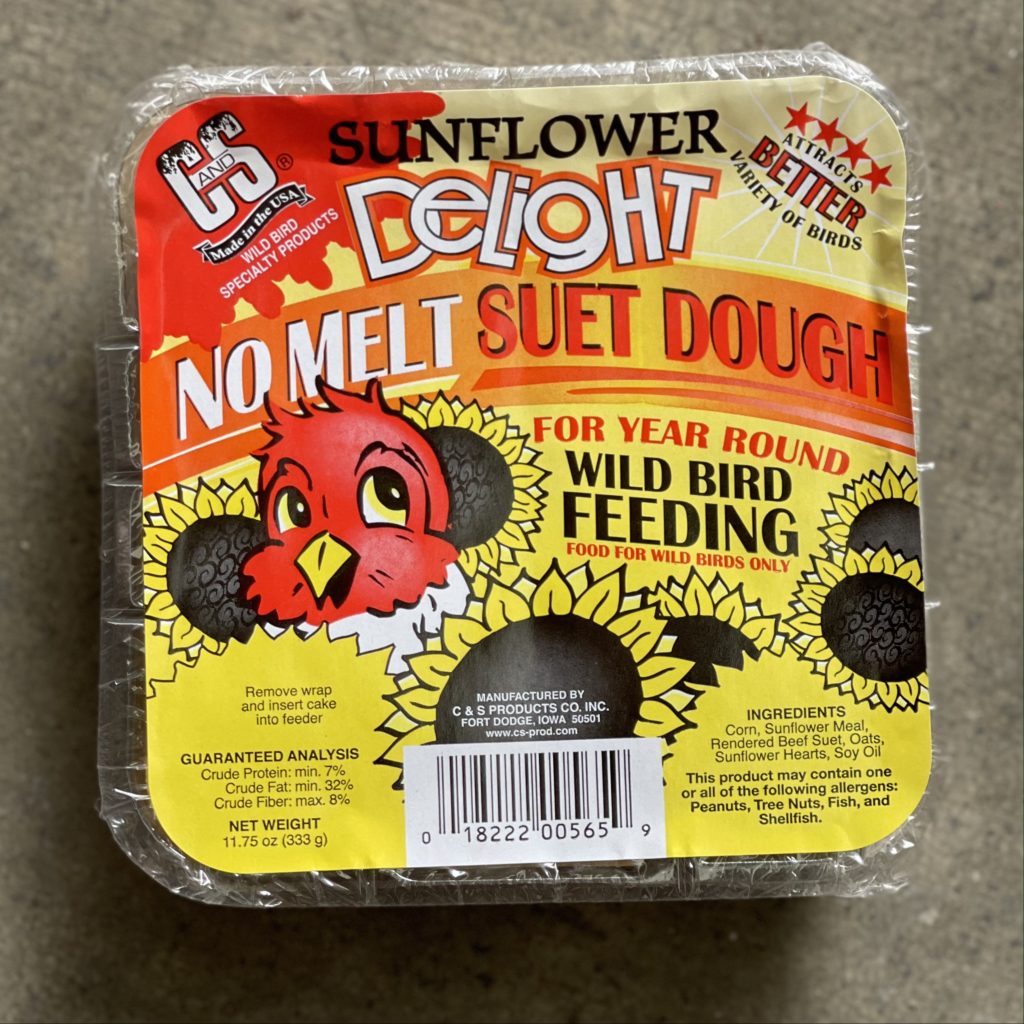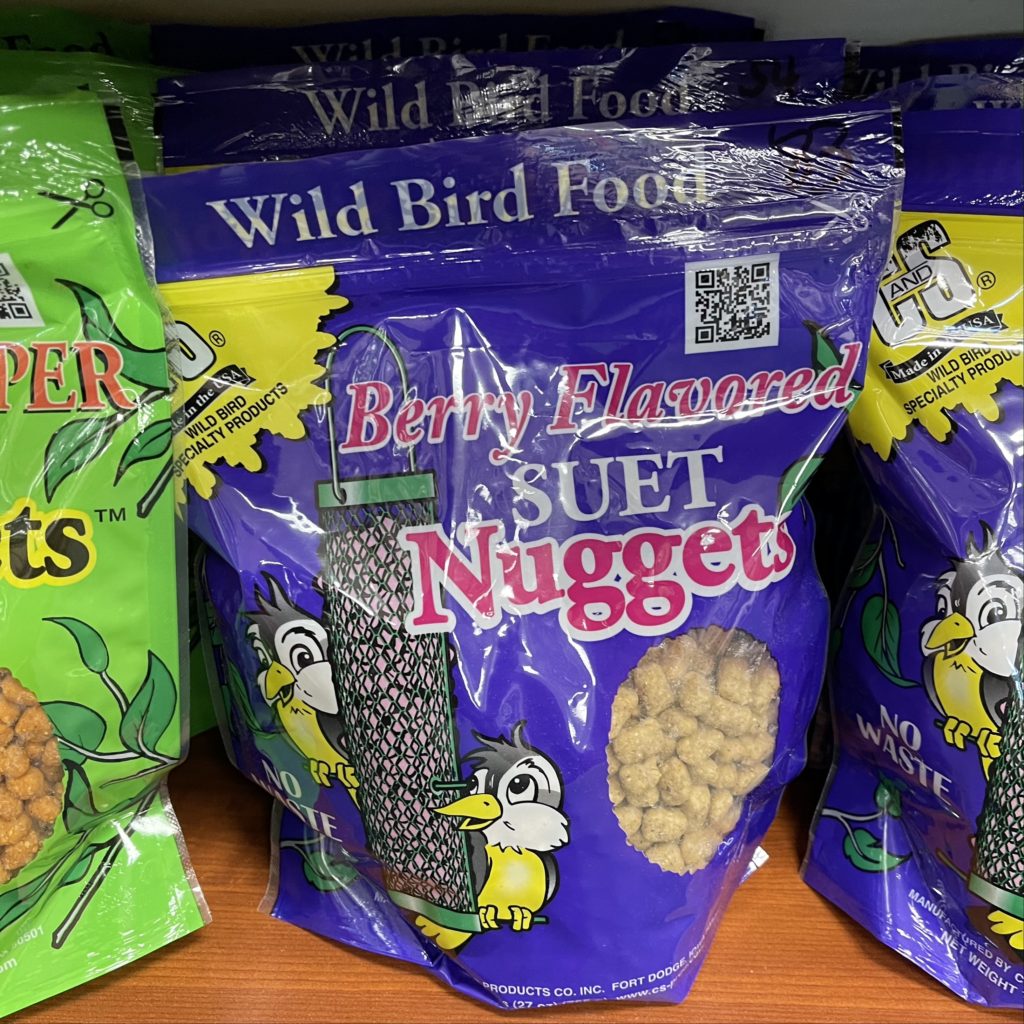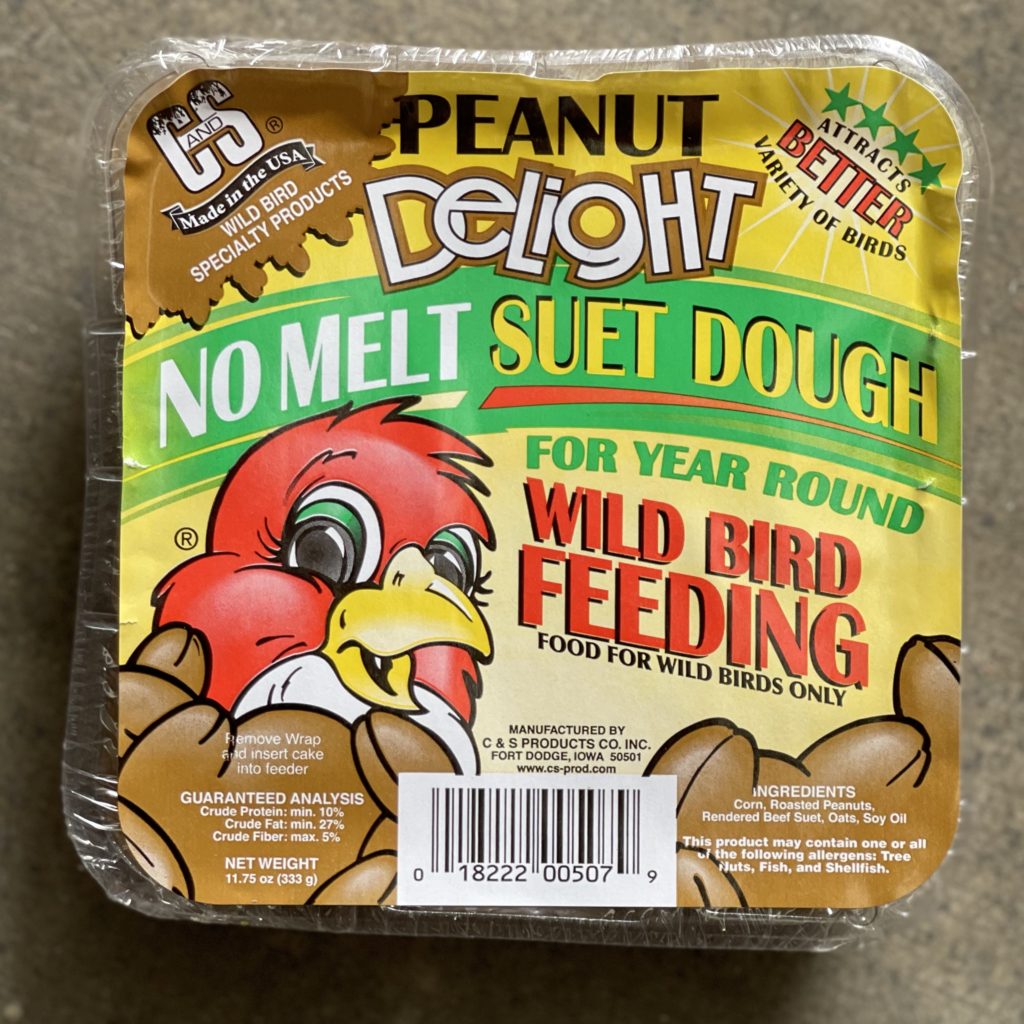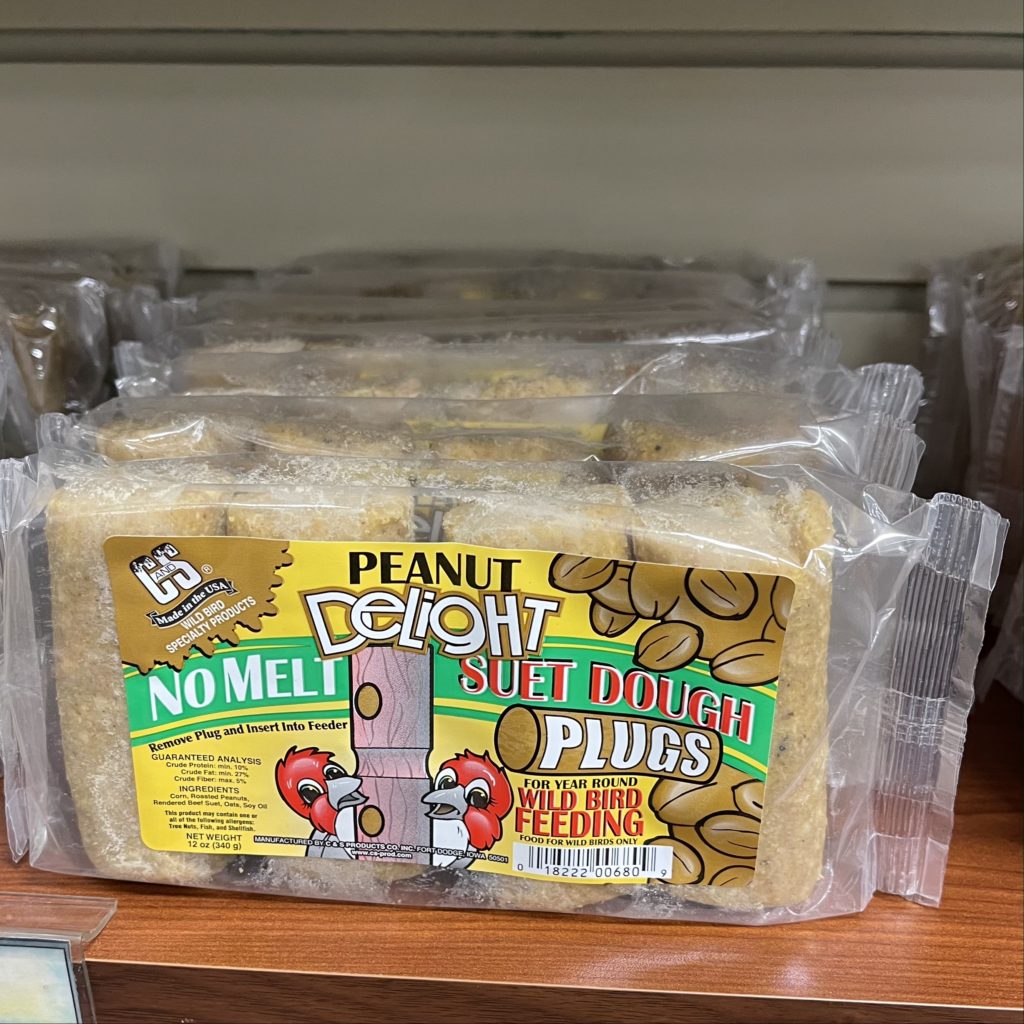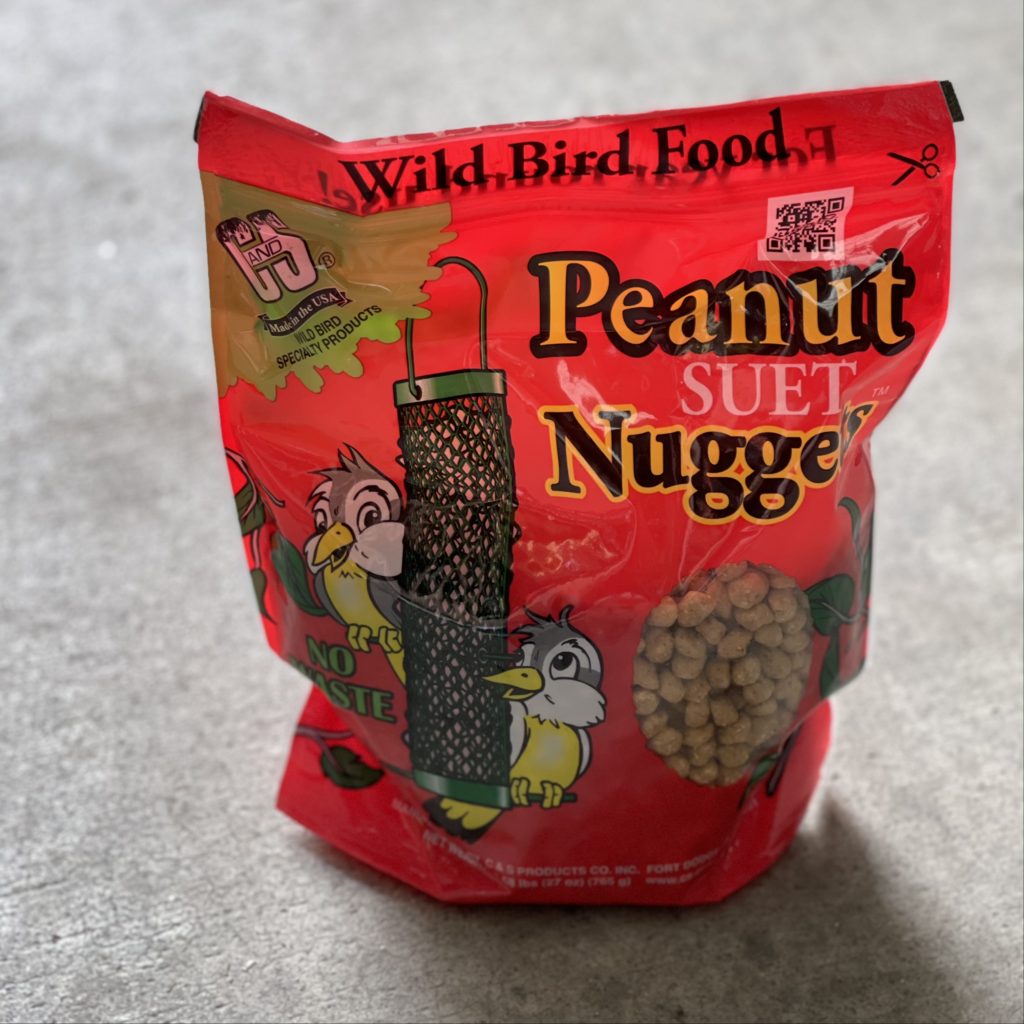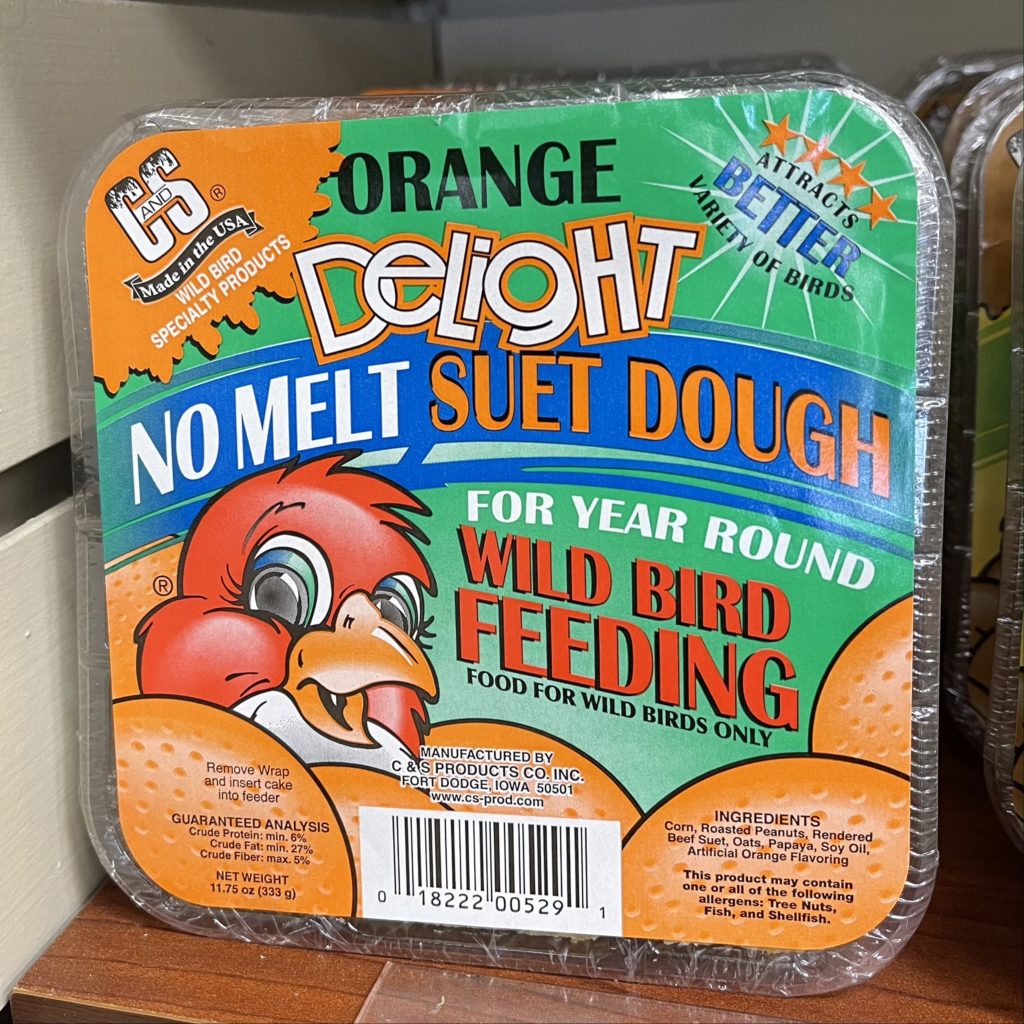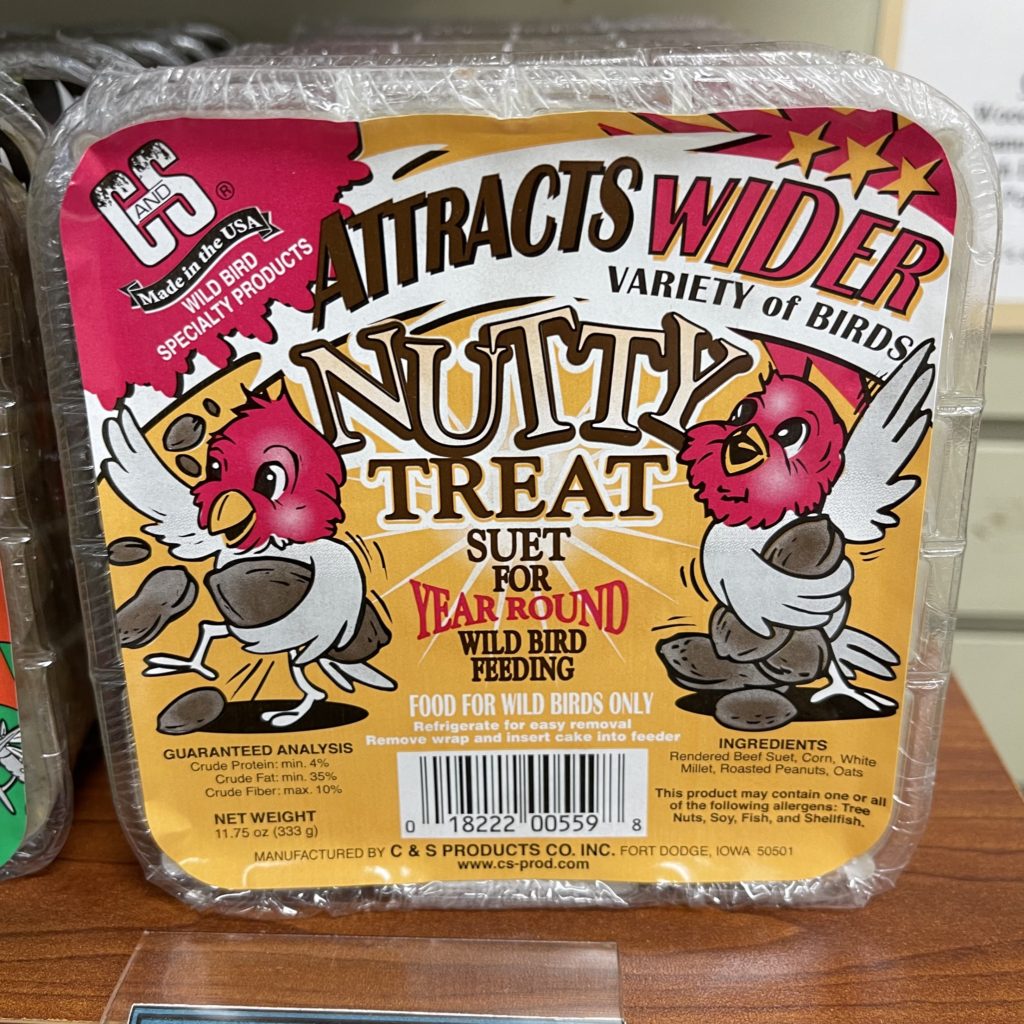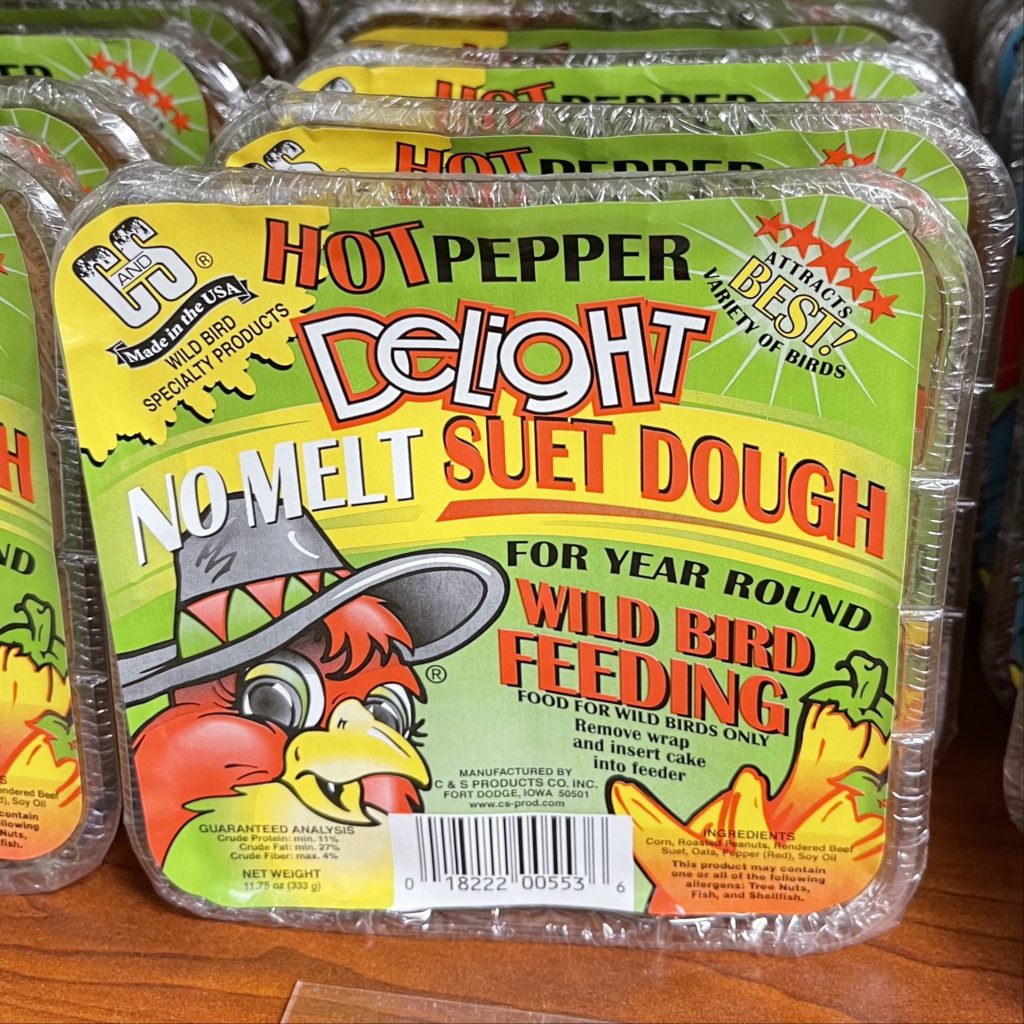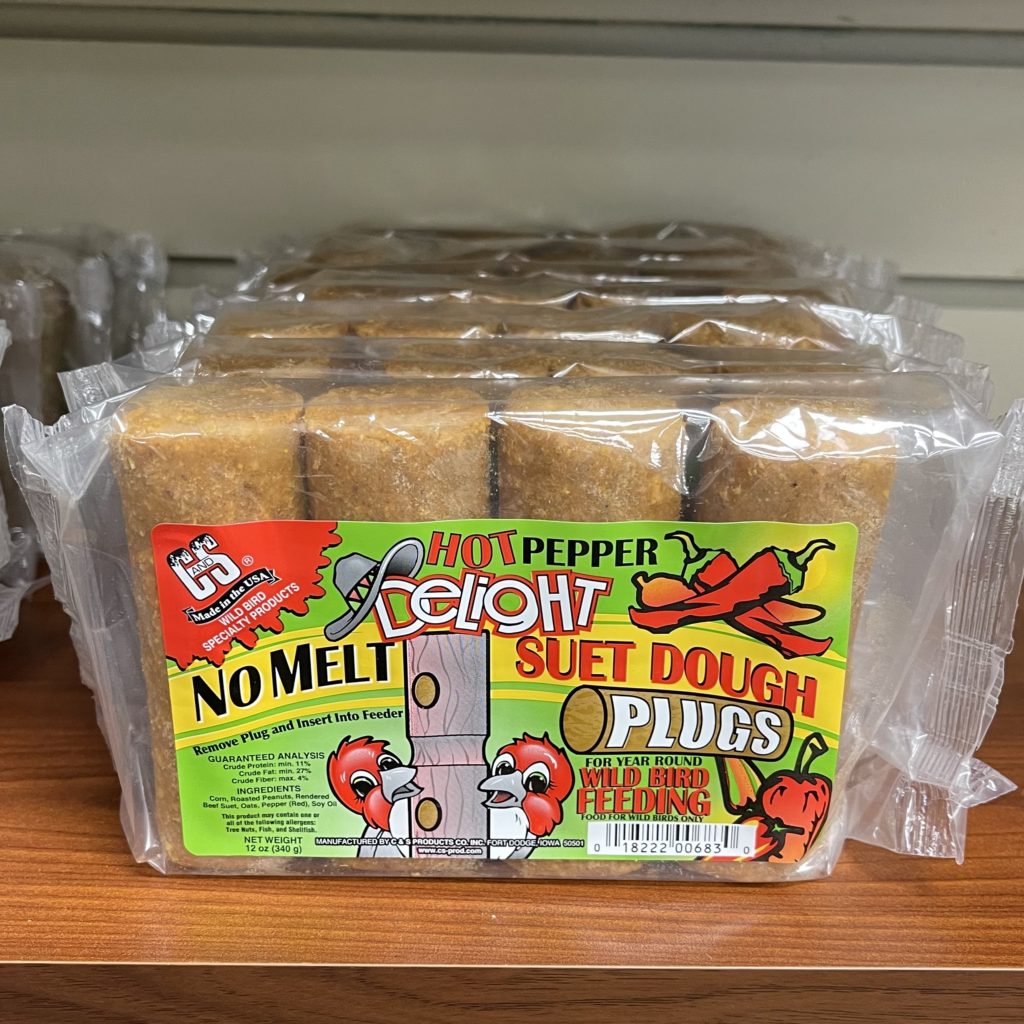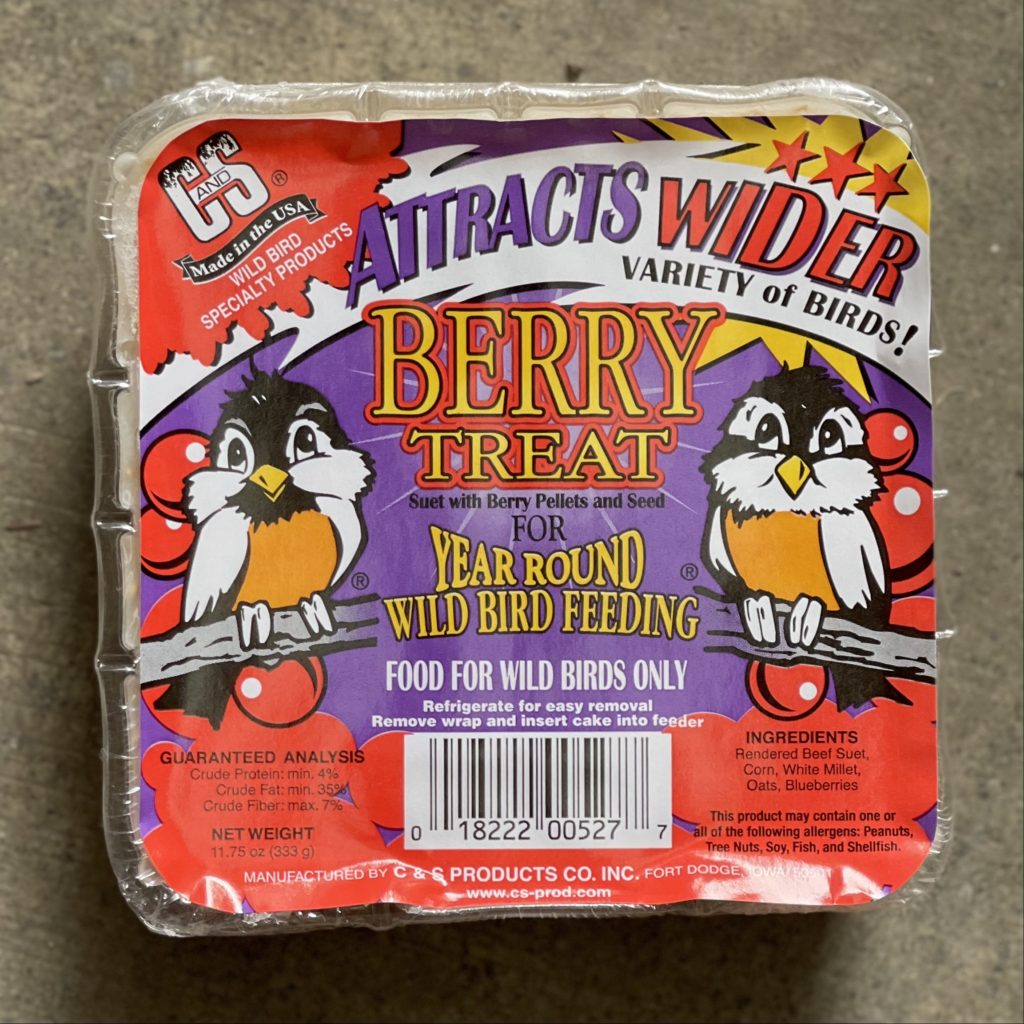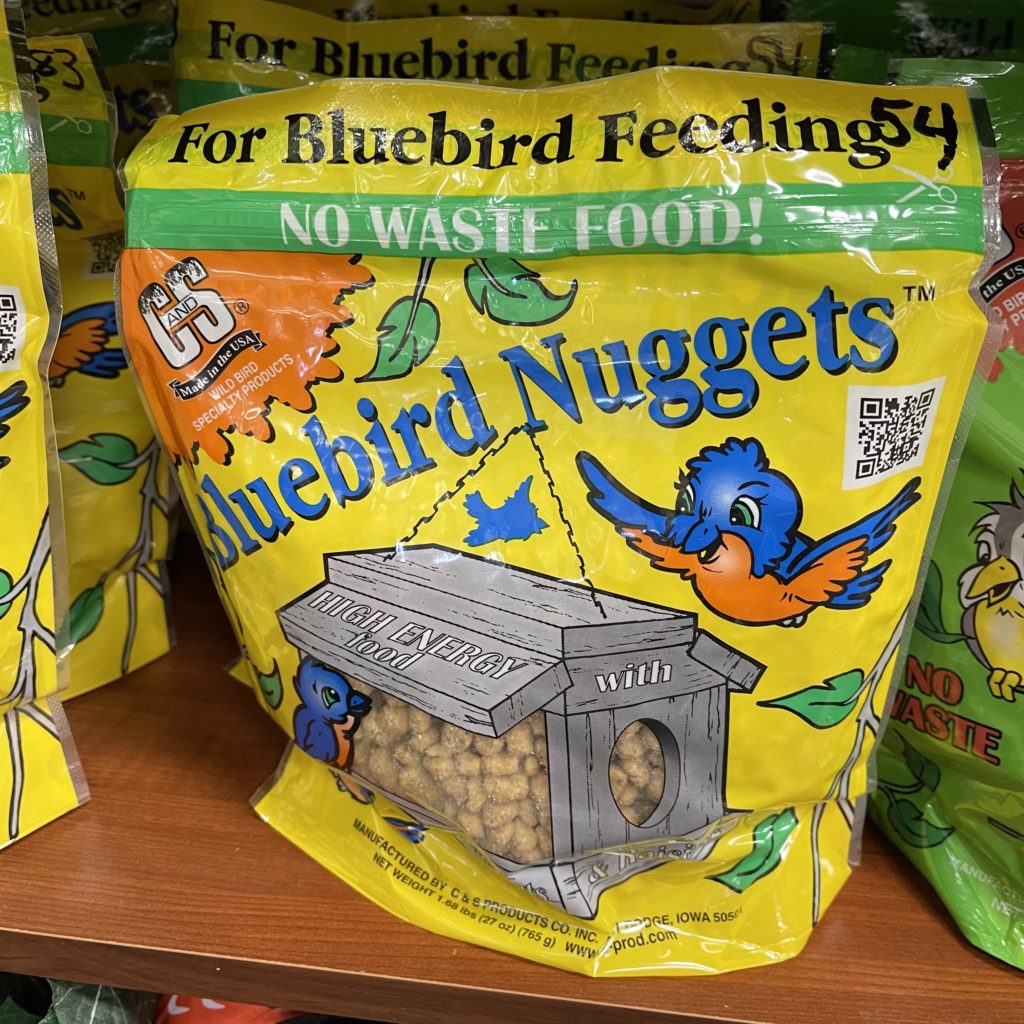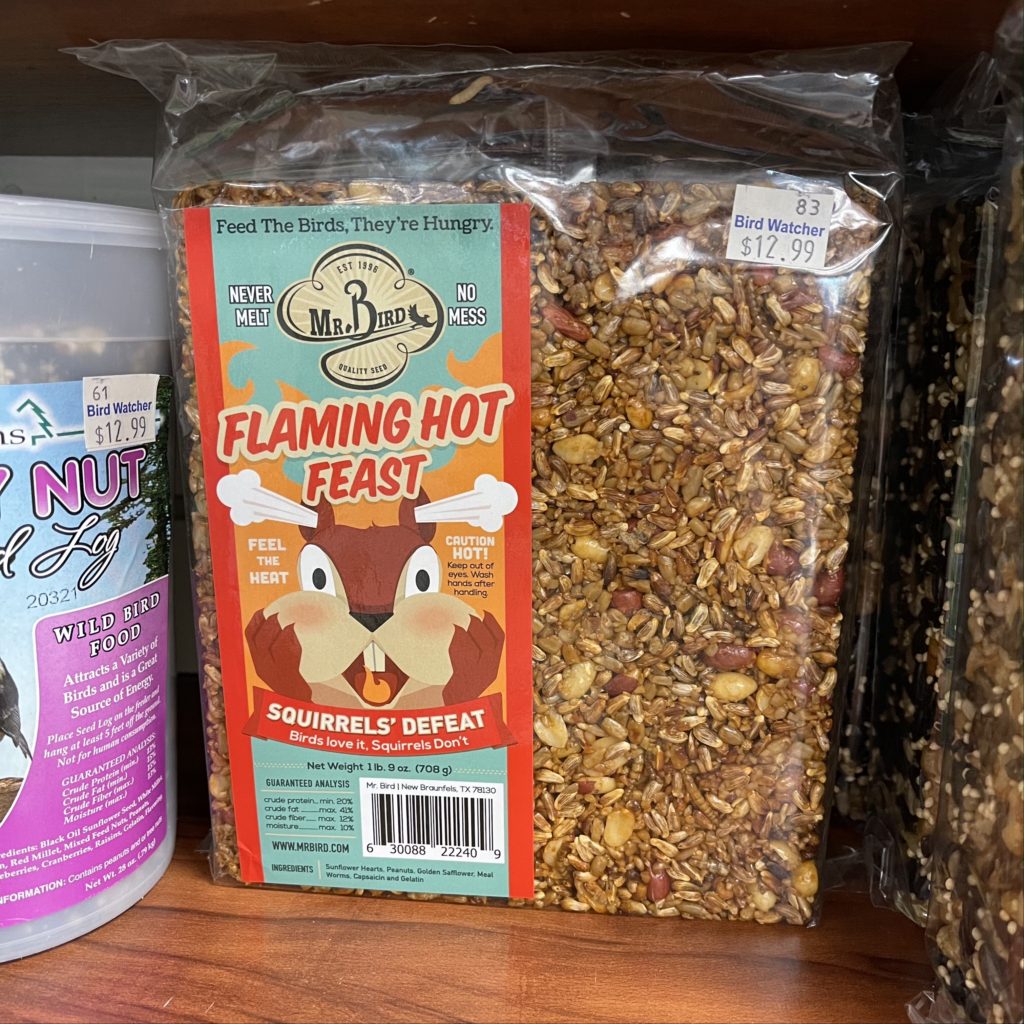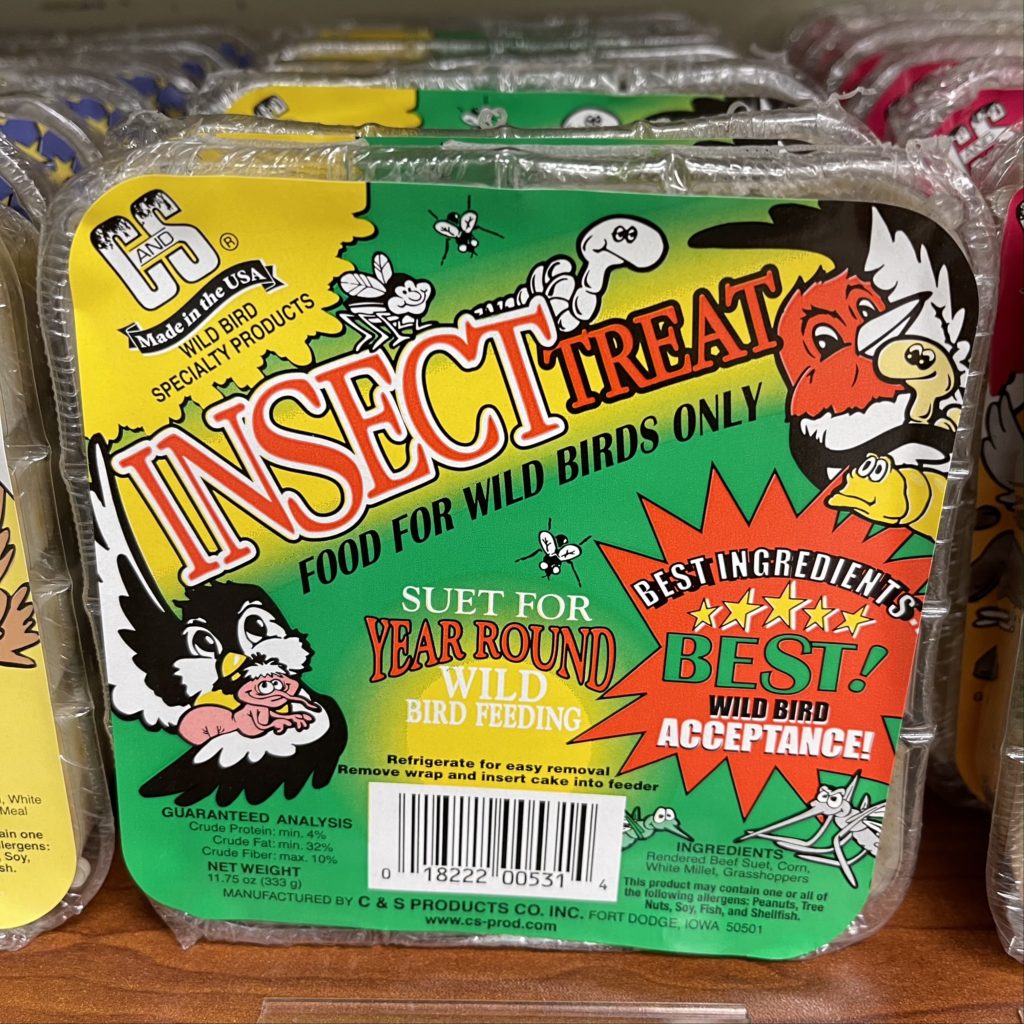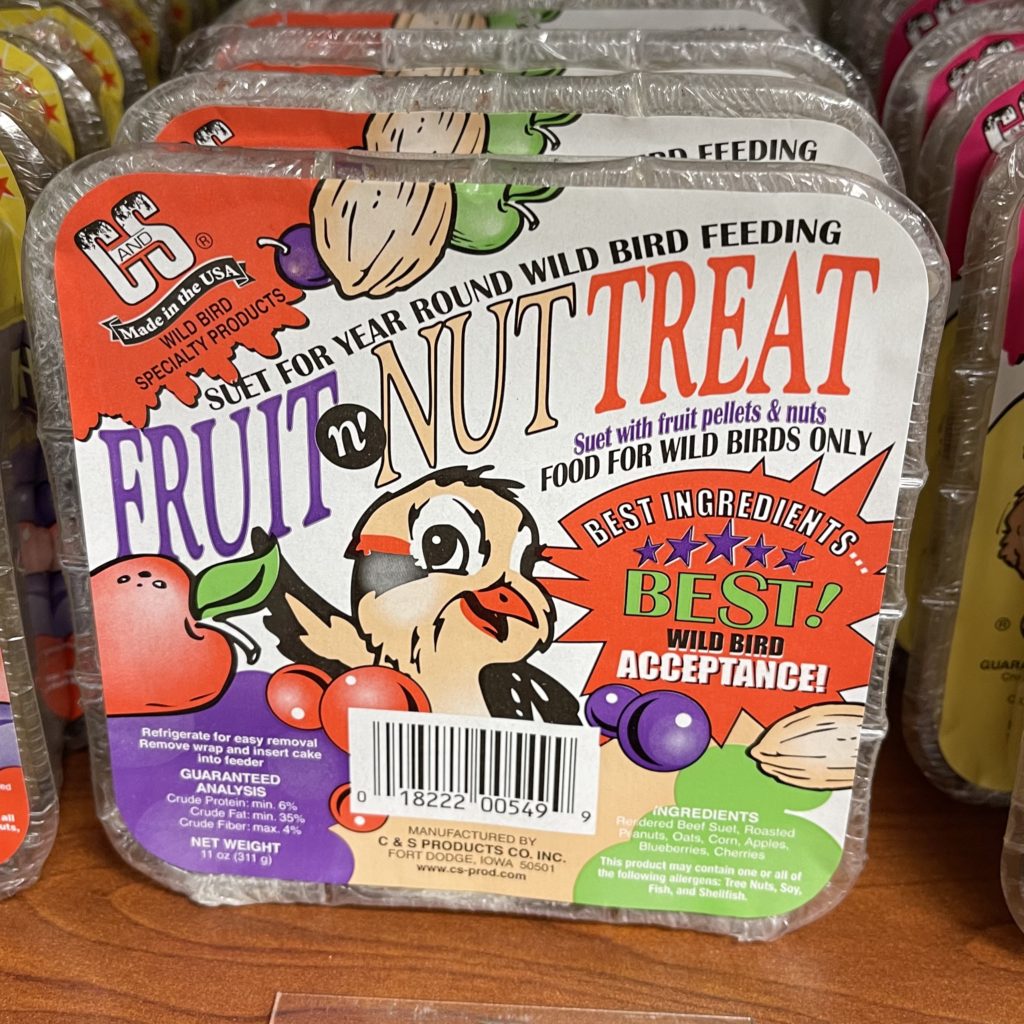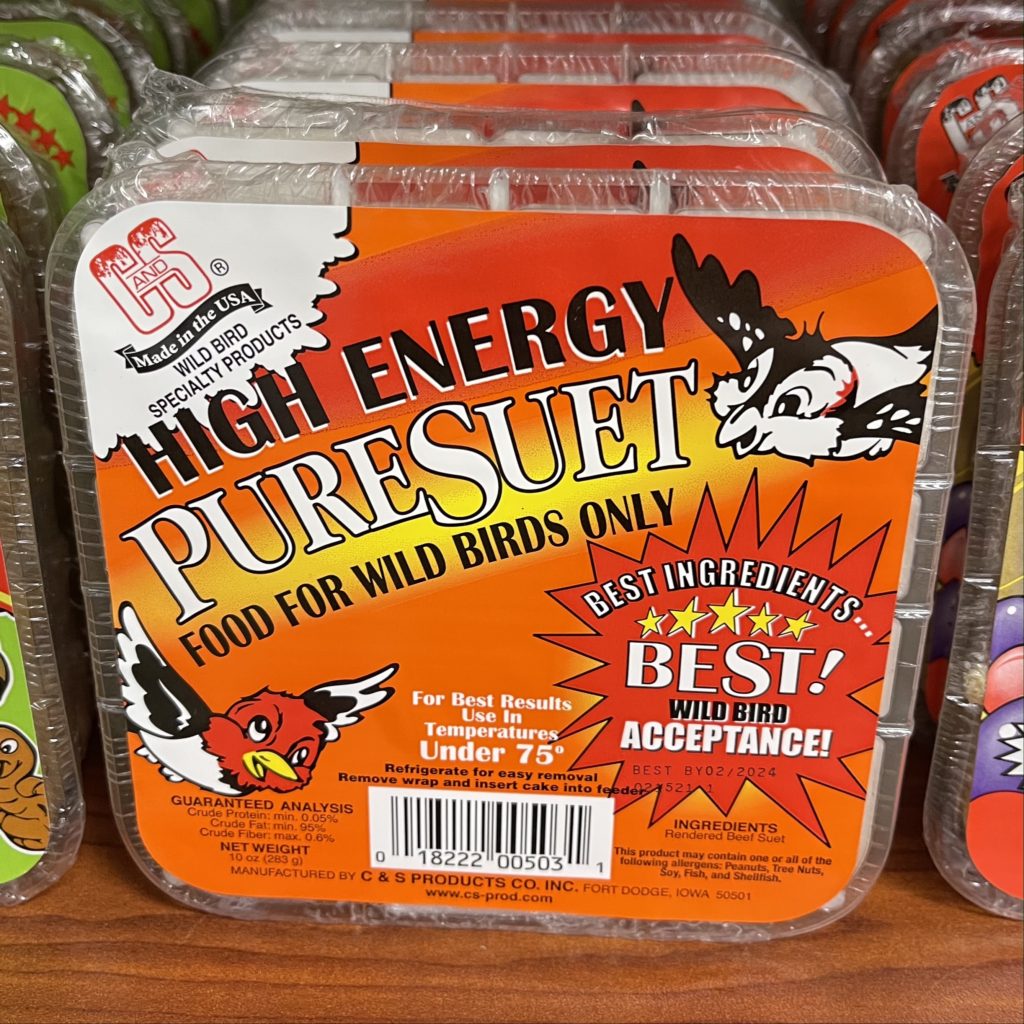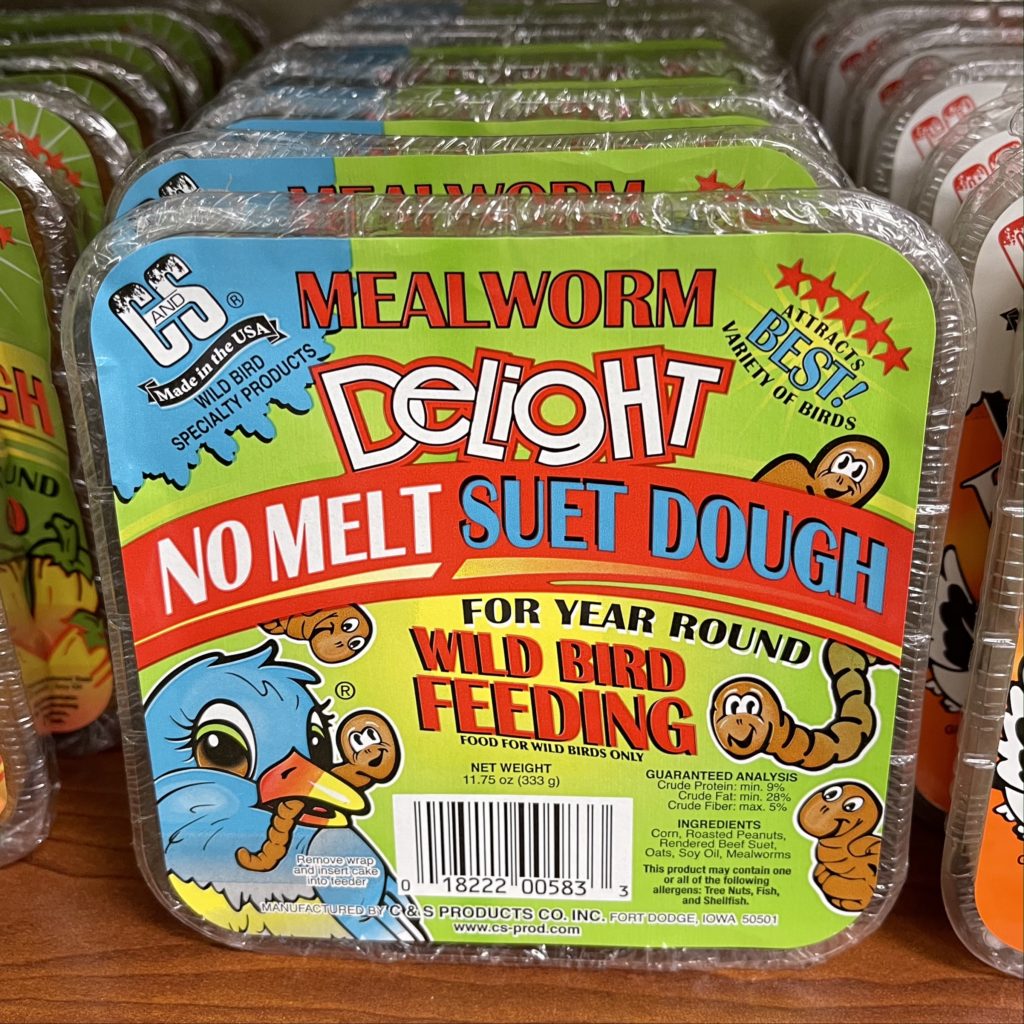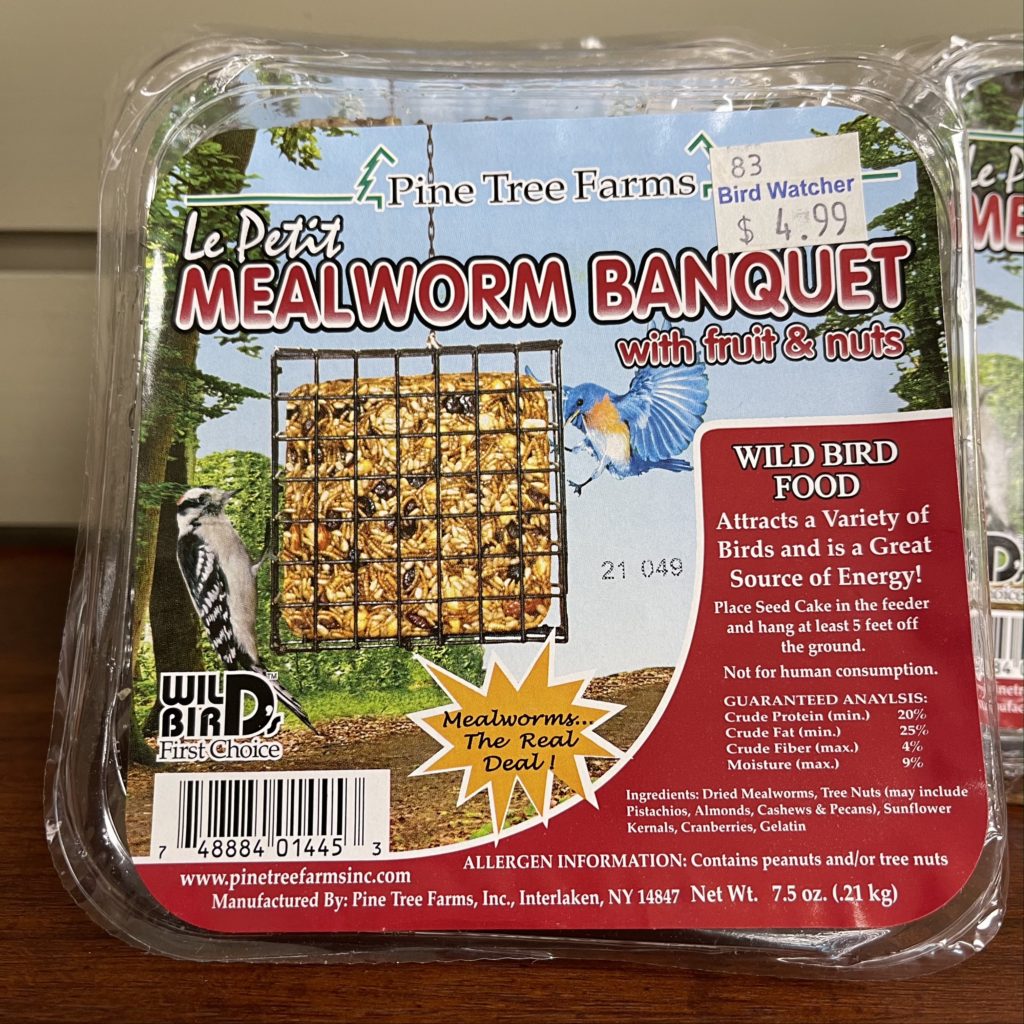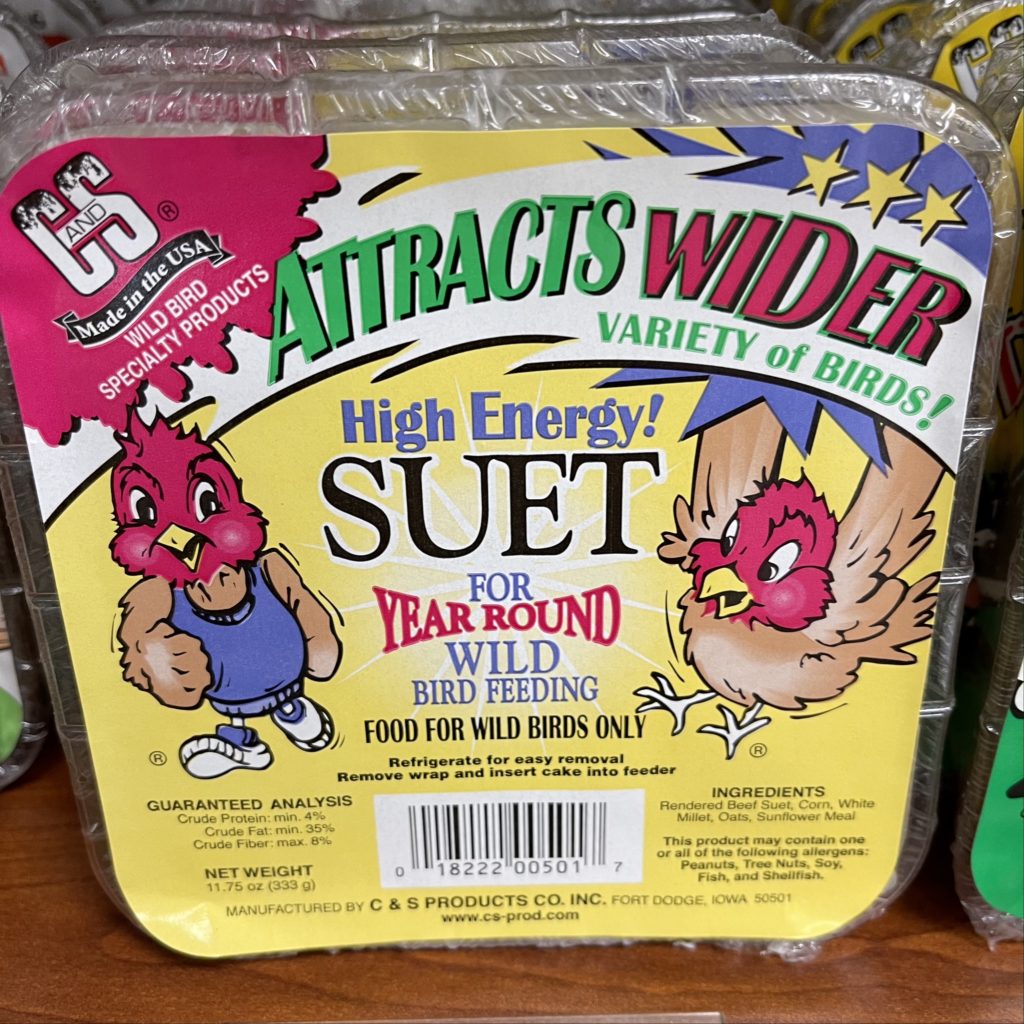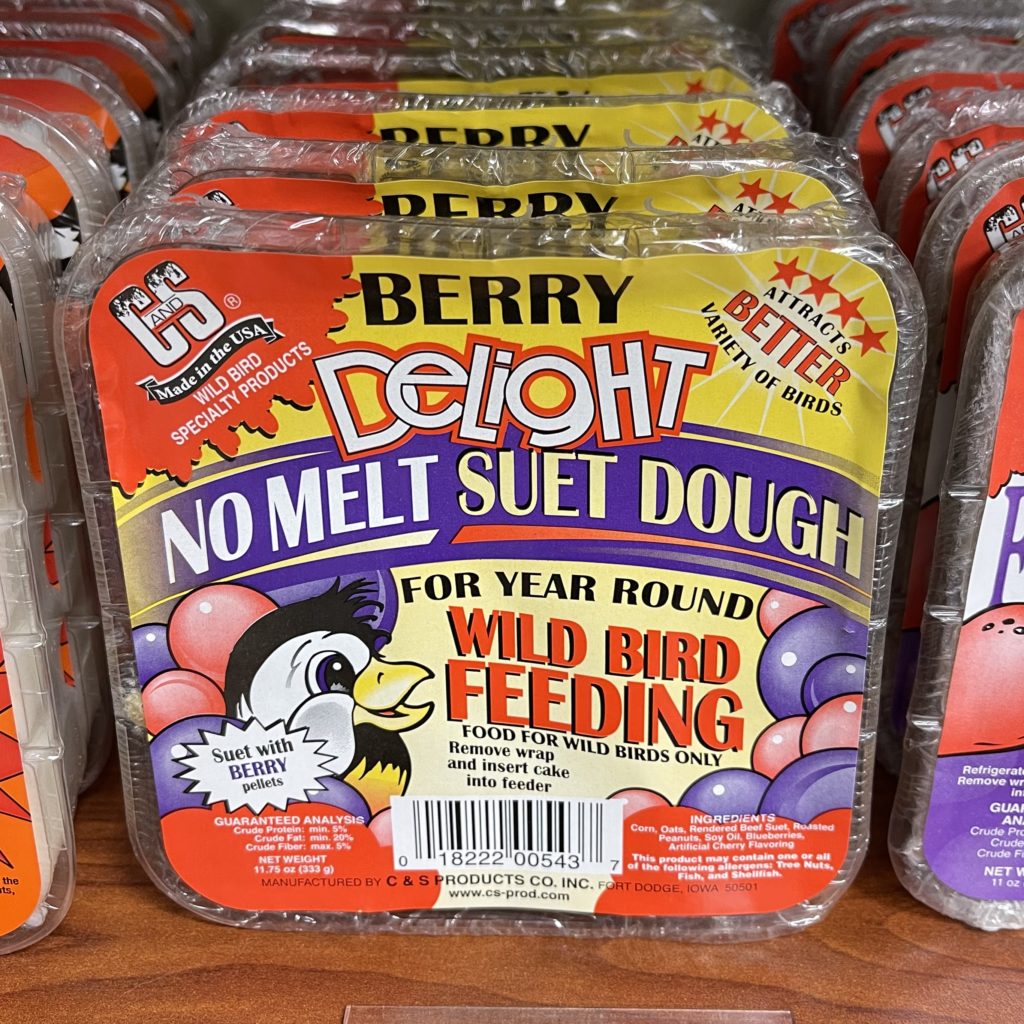
Bird seeds are the best way to attract birds into our backyards, and there is no denying this fact. Things like cayenne pepper in bird seed can work magic by driving away pests and other animals!
But why do we attract birds in the first place? Simple. Birds are the most alluring and entertaining creatures on the planet, and they thrive by bringing more life and essence to the orb of life. They tend to cheer up any neighborhood with their captivating chirps and beautiful personality. It is no wonder that bird watching is a hobby for many nature enthusiasts.
With these, you must have realized how crucial bird seeds are in attracting bird seeds, and let us look at various issues birds face and tips to feed them before diving into the benefits of cayenne pepper in bird feed.
Why Should We Feed Birds?
As days have passed and globalization and industrialization have swooned over the world on an enormous scale, it is becoming increasingly tenuous for birds to feed and satisfy their appetite as their food sources are plummeting.
Predicaments like these are pushing birds over the cliff leading to starvation. In the late 2000’s, sparking interest over the detrimental effects of the present environmental crisis has promoted humanity to perform its very least in permitting wildlife to thrive.
People are being encouraged by various non-governmental organizations and climate activists to supply food to birds and animals that co-exist along with us.
People, out of a passion for watching birds or out of concern, feed these birds. Birdwatchers often show irrevocable interest and concern in birds, their lifestyle, and understanding them. They also use classic bird seeds as food for birds.
How to Choose Appropriate Bird Seed
Bird seeds might be a singular type of seed or a mixture of different variants of seeds for birds. These seeds are often mixed in different proportions on the types of birds you are going to feed!
Bird seed selection is very crucial as there are multiple varieties in the market. And because of the high consumer ratio, contamination is quite often. Therefore individuals should be extremely careful while selecting an appropriate bird seed.
Typically a mixture of seeds and nuts are provided as bird seed as they have multiple benefits and yet at the same moment attract a large number of birds. It usually consists of sunflower seeds, safflower seeds, nyjer seeds, and thistle. Oftentimes, nyjer seeds are commonly referred to as thistle seeds, even though nyjer is nowhere related to the thistle plant. They also include additives of pistachios, dried and dehydrated cherry crunches, raisins, pumpkin seeds, peanuts, dried corn, etc.
A mixture of bird seeds is of two mainstream varieties: a premium blend and an economical blend. A premium blend ordinarily has all of these seeds with no contamination, and the seeds are of very high quality and nutrition. The economic blend is partly occupied by a stuffing that virtually takes up more space and eventually decreases the actual bird seed content. It often is of low quality and contains twigs and dried leaves as well.
Bird seeds can also be provided as individual seeds rather than a mixture of seeds. These seeds are used when a particular species of birds are being targeted to attract rather than just any birds.
Types of Bird Seeds
Black Oil Sunflower Seeds
Black oil sunflower seeds are the most prominent favorite of birds. As the name suggests, it is completely black and has many fatty acids stored in it. The seed can be easily broken apart into two pieces making it simpler for birds as it is in their favor.
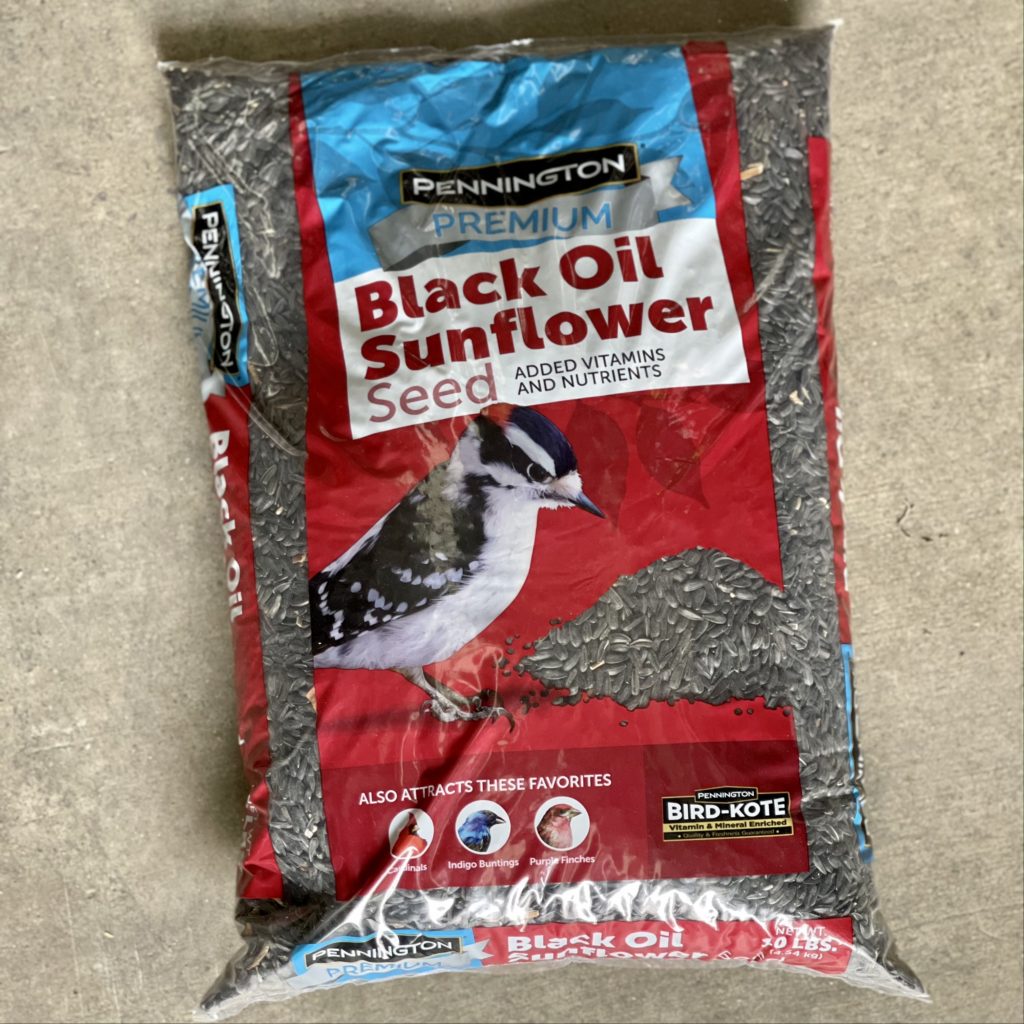
Striped Sunflower Seeds
Striped sunflower seed is also widely used and has a striped black and white appearance. But the two shells of this seed are a little bit tough to be broken compared to the black sunflower seeds making it difficult for birds with small bills. But it is still appreciated by a large range of birds.
Safflower Seeds
Safflower seeds are used to particularly attract Cardinals, Grosbeaks, Chickadees, Doves, and Sparrows. Due to their high nutritional value, they are gaining fame as one of the best bird seeds out there.
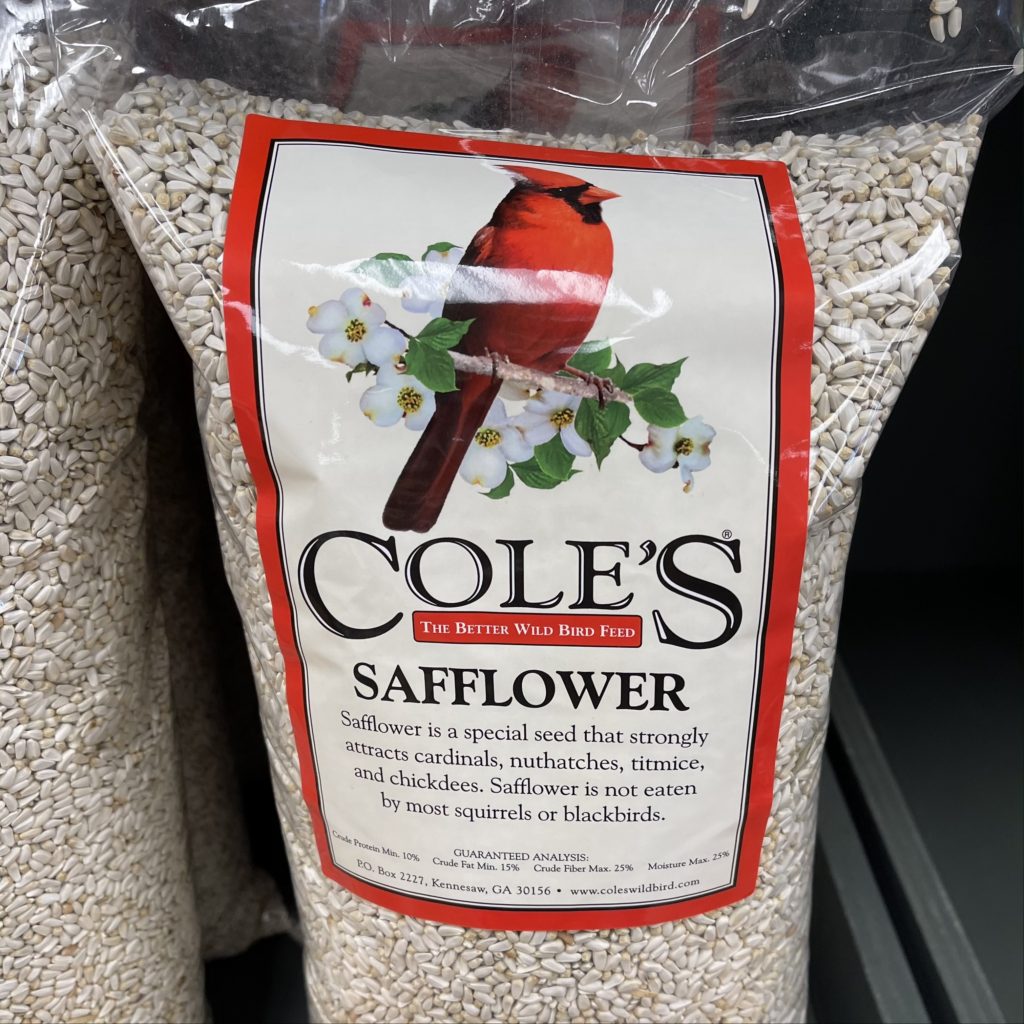
Dried Corn
Dried corn is used for Cardinals, Jays, Ducks, and Quails.
Peanuts
Peanuts are often preferred by Jays and Woodpeckers.
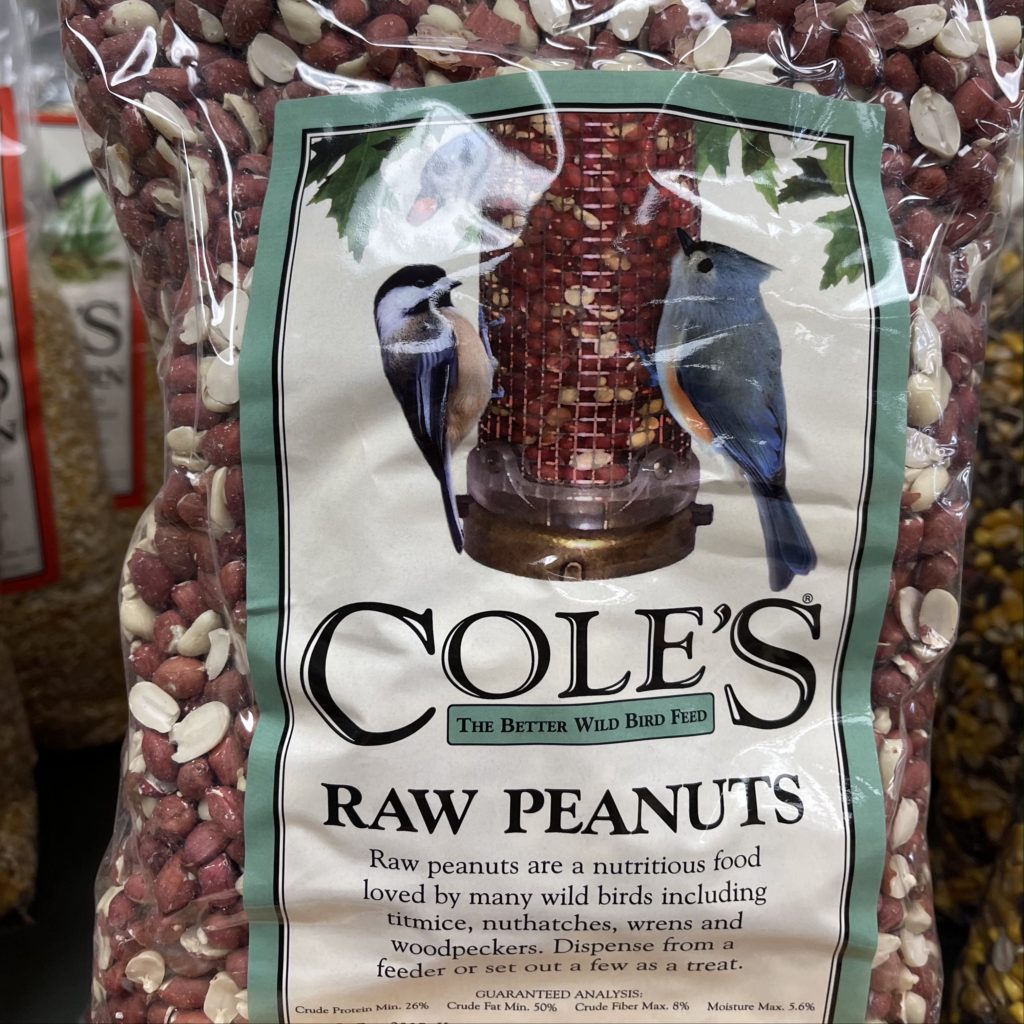
Nyjer and Thistle Seeds
Nyjer and thistle seeds are comparatively small in size and eaten by various types of Finches and Indigo birds.
Suet
Suet is like a treat for birds. It is made by slicing up juicy and colorful fruits and adding them with nuts. This mixture is made into a bar, and the essential processing is also done. This is adored by a wide array of birds and is like an energy bar to them.
Nectar
Hummingbirds usually like to prefer nectar over seeds and nuts. A sweet reddish liquid is used for nectar-eating birds, similar to Hummingbirds. This red color is just to pump up appearance and has no role in the sweetening nature of the liquid. It is just used to add color to the material.
Mealworms
For worm birds, mealworms are provided as food. These birds help in removing worms from the soil and allowing the plants receive their nutrition better. Now that we have learned how to use bird seed effectively let us find out how they can sometimes lead you to troubles!
Why Are Squirrels a Problem?
Scampering squirrels might look cute, and you might even like squirrels when they feed on bird seeds with their cute little hands. Nothing seems bad in this particular arrangement. This is a wrong assumption because squirrels are greedy.
The real problem does not arise when squirrels feed on the bird seed. After all, a little for those tiny squirrels and most of it to birds is a fair deal. The real problem arises when squirrels take some more of the bird seeds to put them in storage!
This means that you might end up seeing an empty feeder, and your feathered friends might leave your backyard with disappointment. Some of you might not buy a lot of seeds or may not prefer feeding vast amounts of bird seeds, and therefore it is never sufficient for both squirrels and birds!
What is Cayenne Pepper?
Cayenne pepper is a type of capsicum belonging to the Capsicum annuum family and is indicative of its heated nature. It is a spice mostly put into various dishes and cuisines to pump up the taste of meals.
These fruits are plucked from the capsicum plantations, carefully graded based on their level of spice, and ground down into a powder with machines. This pepper is then passed through necessary processing mechanisms and brought into the market for commercial purposes.
But in some cases, the cayenne pepper is actually a mixture of different types of pepper without containing the actual cayenne pepper obtained from the capsicum. Either way, it is known to spice up and flavor dishes.
Why is Cayenne Pepper in Bird Seed So Useful?
As mentioned, cayenne pepper is added to spice up food for humans. Then why add cayenne pepper in bird seed?
When cayenne pepper is added to bird seed, it will not make a huge difference for the birds. It does not affect the birds and their health in any way and is definitely not damaging to their gastrointestinal tract.
This is added to their food to discourage squirrels or rodents, or any other pests that feed on bird seed, making it unavailable.
Classically, these pests eat up the bird seed, leaving nothing for the birds to eat. So to keep the squirrels away from bird seed, cayenne pepper in bird seed is added. The fragrance of this spice is quite hot, and when the squirrels and pests sniff it, they are likely to run away from these spicy flavors.
Henceforth, cayenne pepper is added to bird seed to protect it from any squirrels and pest animals. At the same time, cayenne pepper in bird seed also ensures that it still remains edible and healthy to birds.
How is Cayenne Pepper Added to Bird Seed?
Ground cayenne or dried red pepper flakes can be sprinkled on the bird seeds, and then you can mix them together to make the mixture uniform. However, the chances of wind blowing these cayenne pepper in bird seed are quite high.
In these cases, you can simply spray kitchen oil on the bird seed and then sprinkle the cayenne pepper in the bird seed. The oil acts as a binding agent, which causes the cayenne pepper to stick to the bird seed, and hence the problem is solved!
Precautions to be Taken
Precautions to be taken when cayenne pepper is added to bird seed are quite important for many reasons. After all, you do not want to end up being affected by the cayenne pepper.
1. If you have used ground cayenne pepper, do not put your face near to the bird seed mixture because you might end up breathing this pepper and suffer from spicy fumes.
2. Always wash your hands with soap and rinse your hands with water after you have mixed the cayenne pepper in bird seed. You can also use gloves to avoid feeling irritation in your hands, and do not rub your eyes while handling cayenne pepper!
Alternative Methods
Sometimes, you might feel that cayenne pepper in bird seed is an extreme method, and well, you might be right. So consider these alternative methods, and in case these do not work, you would have to go by the pepper method.
Construct a Smarter and Better Bird Seed Feeder
We already mentioned that squirrels or other rodents act as pests on bird seed; they have to be avoided as they create a menace.
This implies that a feeder must not only hold the seeds without falling but still allow birds to eat and also not let them be available for squirrels.
Cages are bird seed feeders which technically have the tube feeder or a feeder of that sort inside a cage. Smaller birds can move into this cage and feed on the seeds. Squirrels and large birds can not make it through the cage and thus can not eat the bird seed.
Make sure that you regularly clean the feeders so that they do not promote the growth of any bacteria or microbes which could be of potential harm to the birds. Also, use pesticide and chemical-free seeds for the health and well-being of the birds.
Modify the Compositions of the Bird Seed Mix
There are certain seeds that won’t harm the squirrels or other rodents but are effective in driving them away. Adding these mixes in bird seed feeders ensures that you do not always have to be vigilant and shoo away and pests, rodents, or squirrels that might try stealing it.
Seeds like safflower seeds are known as anti squirrel bird seeds because squirrels absolutely detest them. At the same time, many birds love these seeds, and even if they do not, it does not take much time for them to get accustomed to them! This means that it is a total win-win situation!
Avoid Harm
Although you might be tempted to capture these squirrels and rodents in traps or cages, or even might think of using rat poison, never ever go for it. After all, they, too, are just looking out for themselves. The next time you feel angry, just try these methods suggested in this article rather than kill or harm them.
Final Words
While cayenne pepper in bird seed is an excellent way to keep squirrels away, it all comes down to whether you want squirrels nearby your bird seed. Some of you might be perfectly content in watching squirrels scamper and birds flock around your bird yards.
There are alternative methods to keep squirrels far away without hurting them like squirrel-proof bird feeders. It is always better to try the cayenne pepper method only in extreme cases when all the other methods seem to fail. Because we as humans understand how each species is equally important for the survival of an ecosystem!
Have fun with birds but ensure that you do not hurt other species in the process.
You can set goals to bird-watch after you have placed your cayenne pepper infused bird seed in your backyard and record your results.





